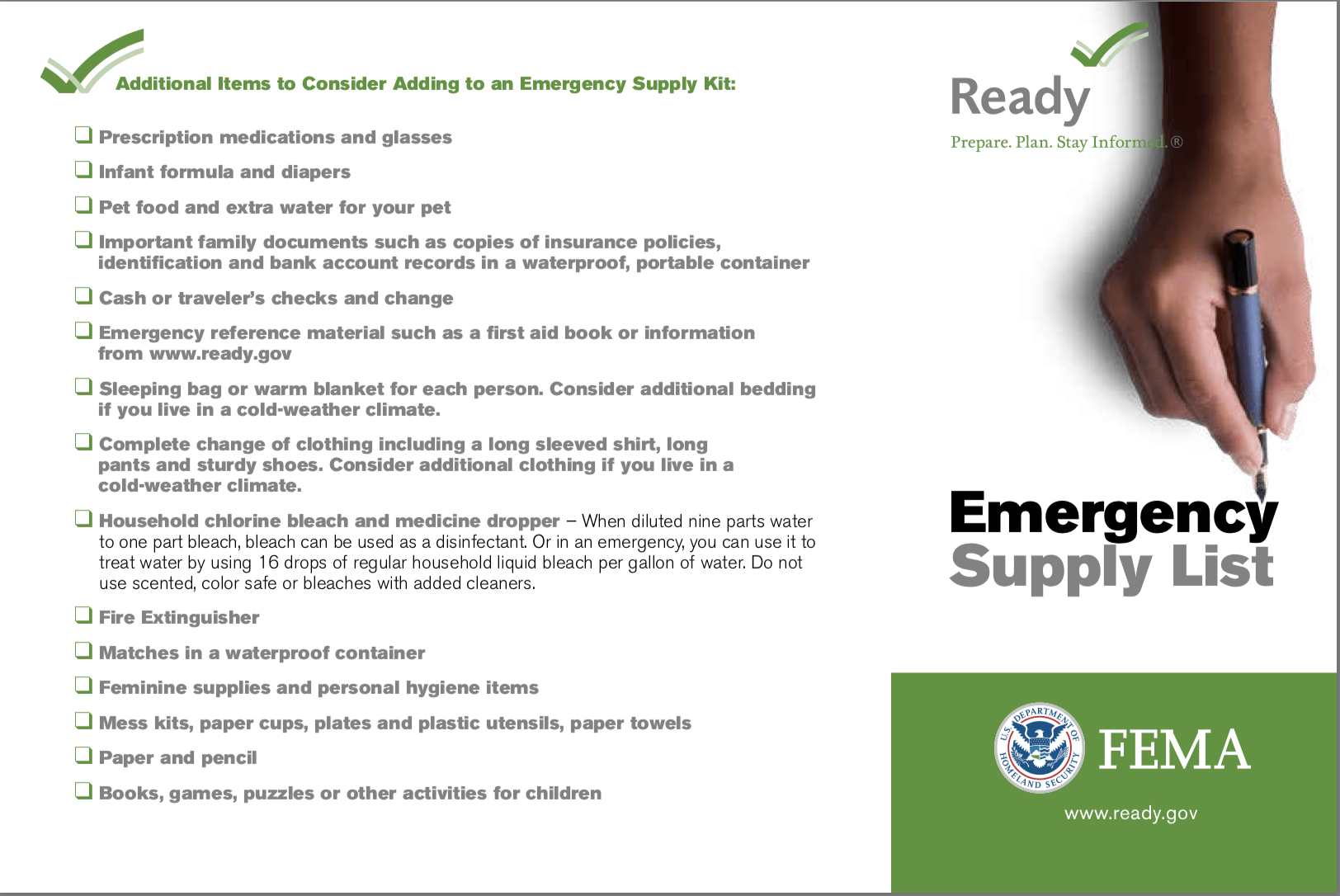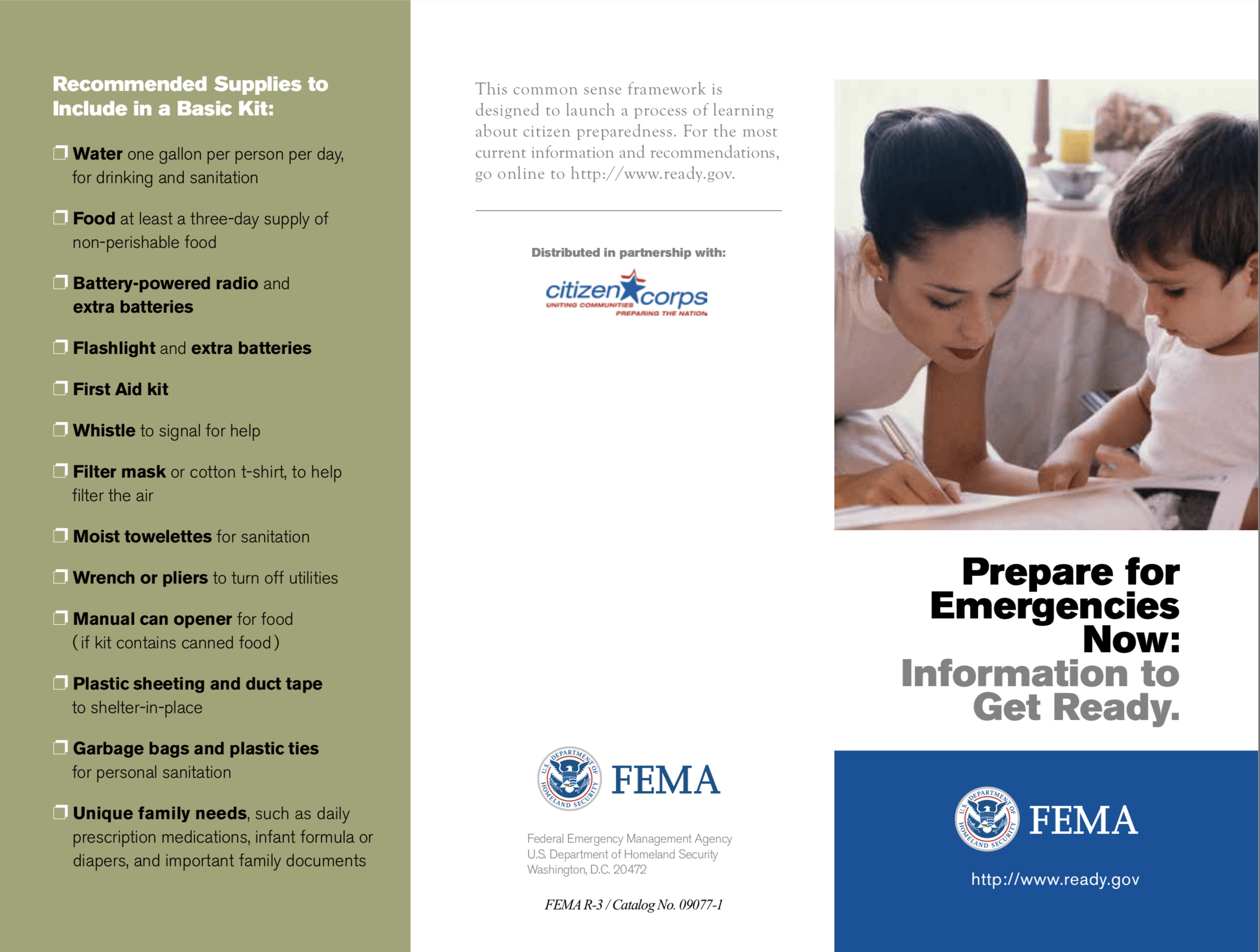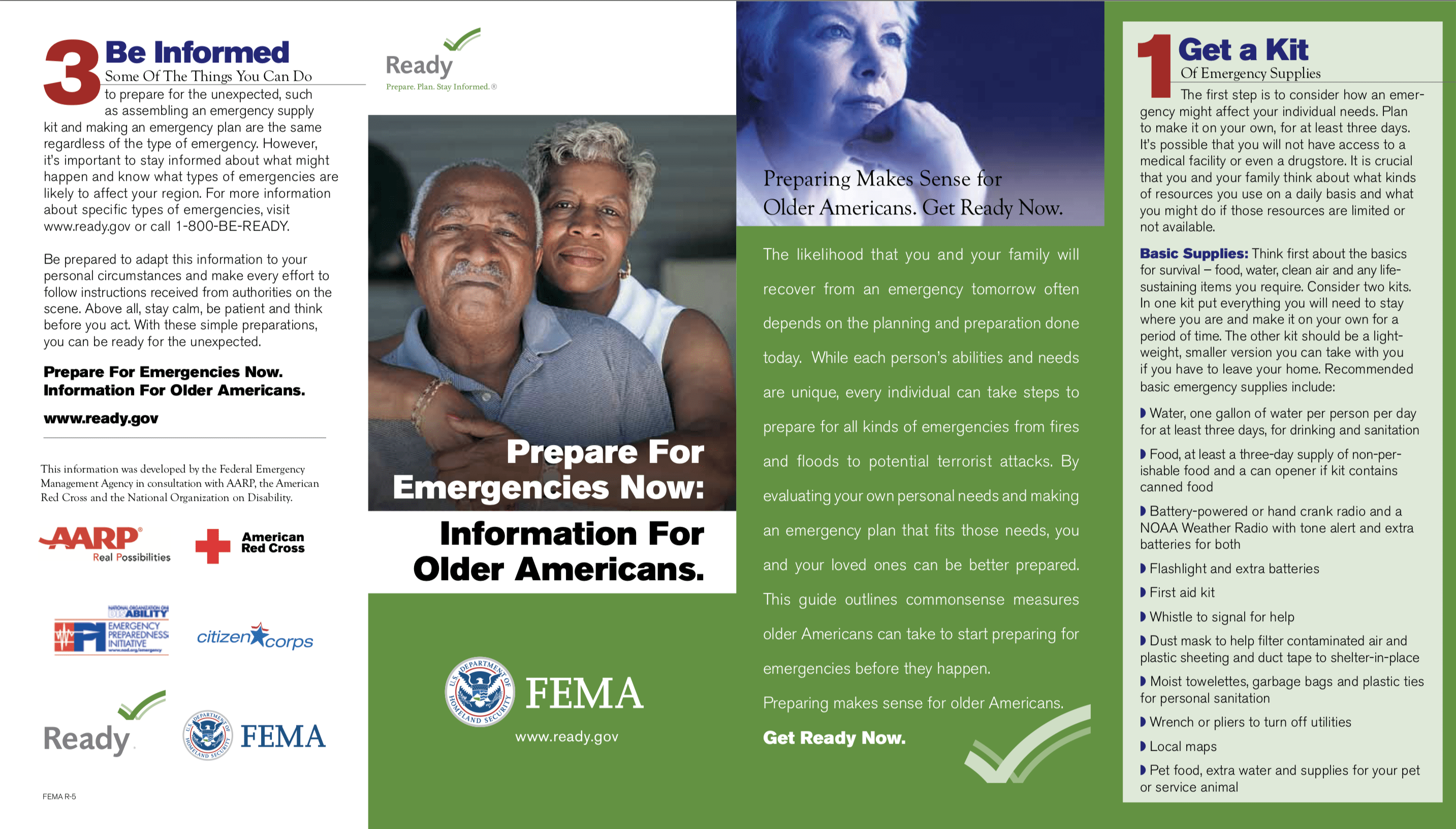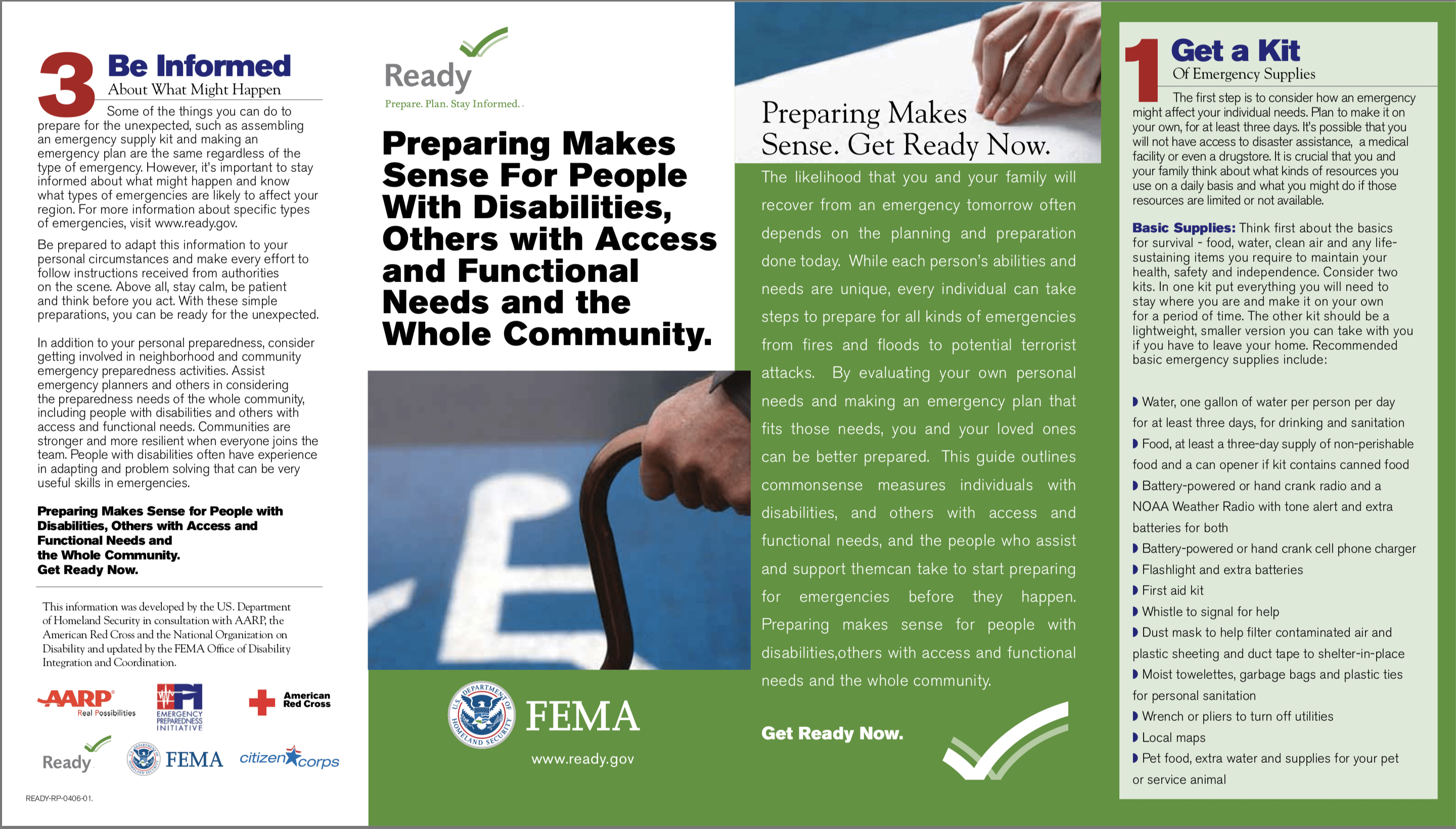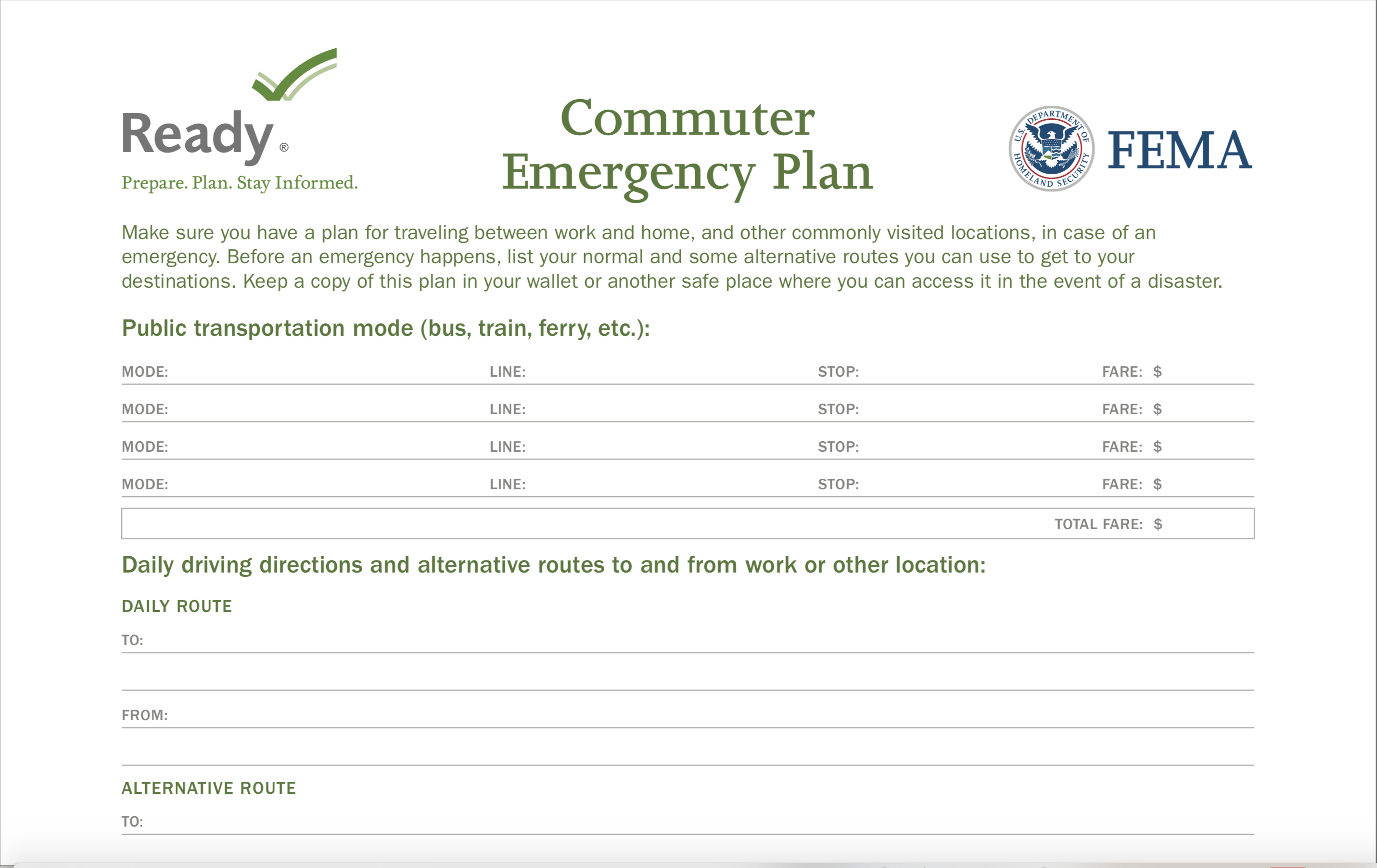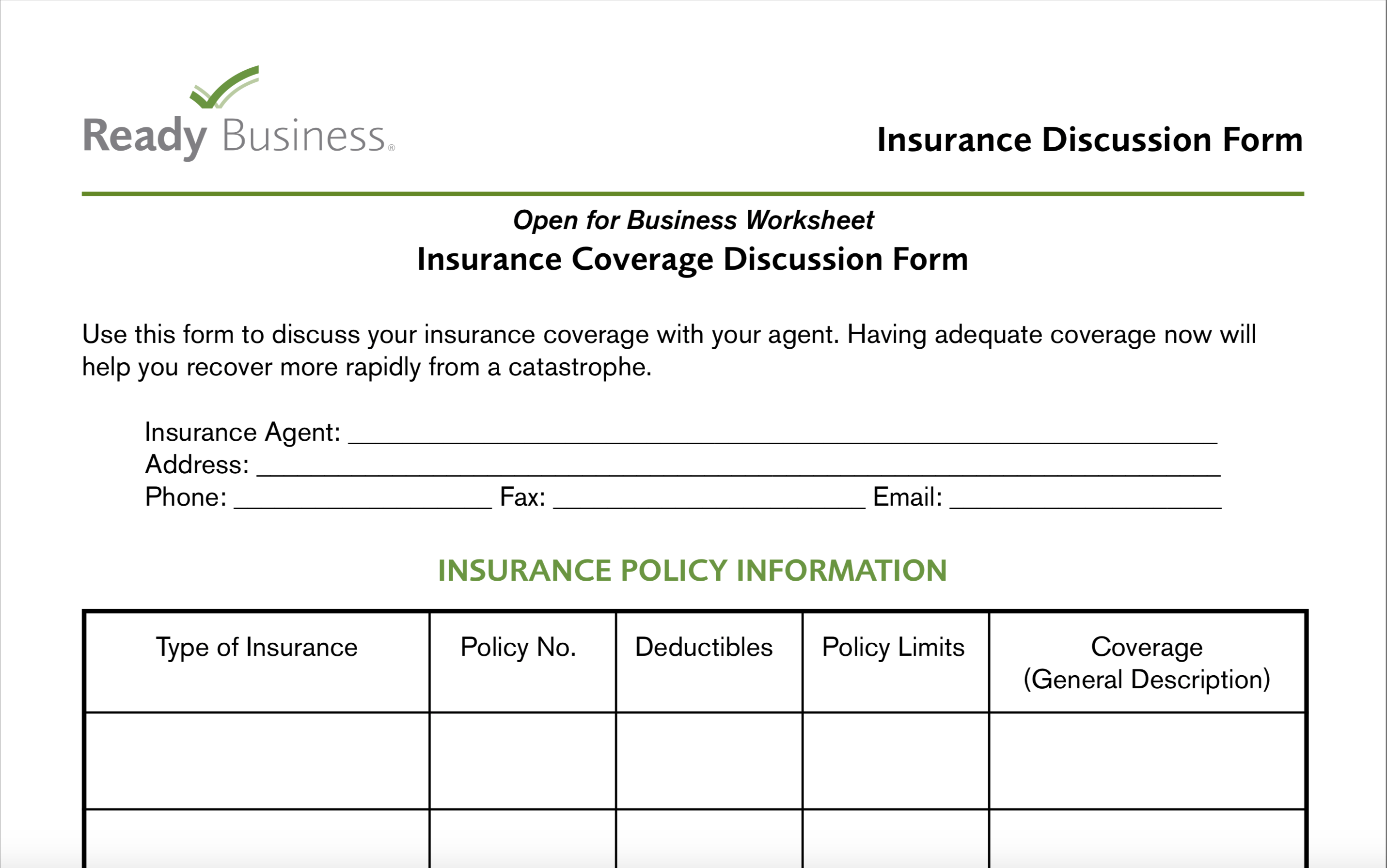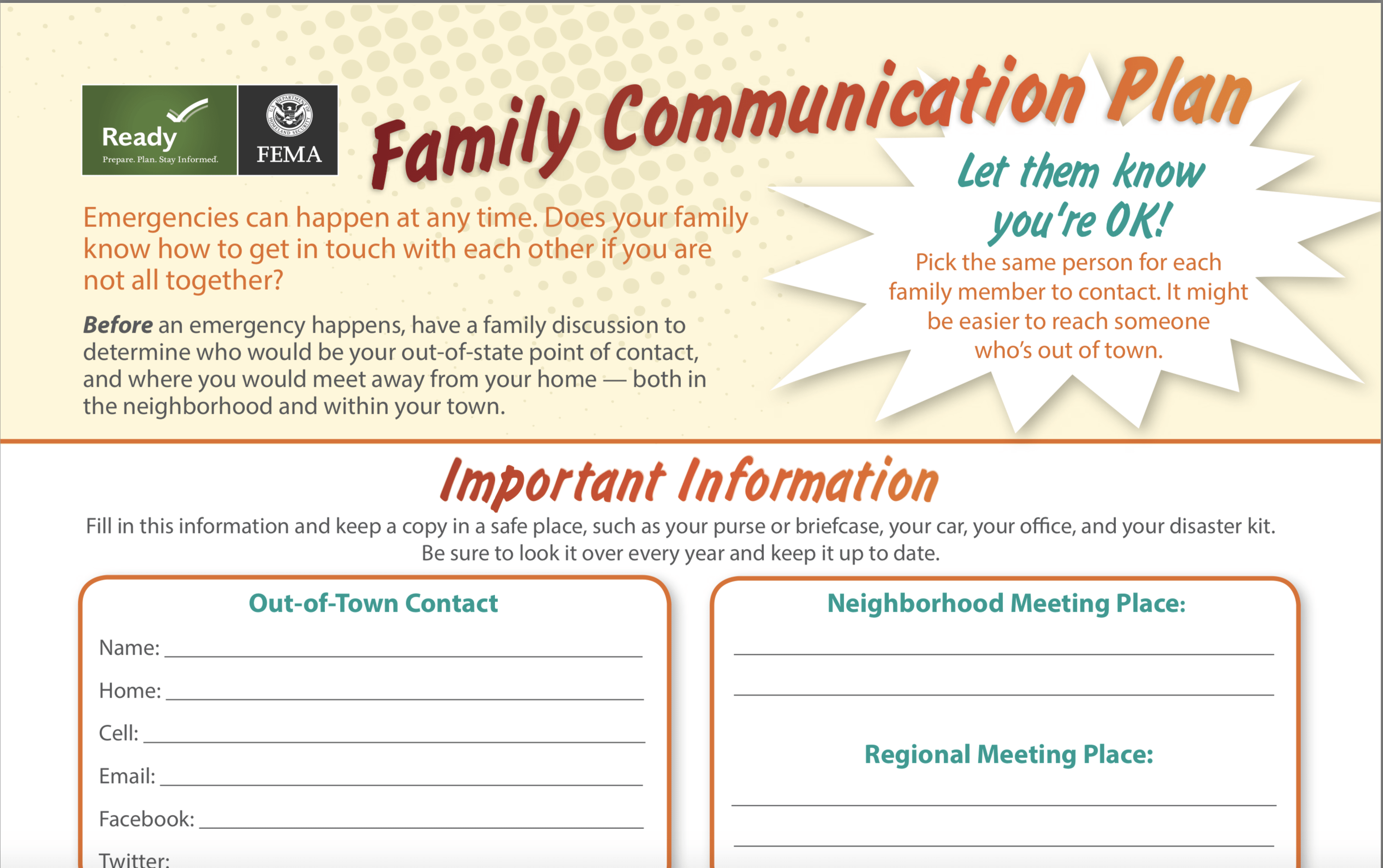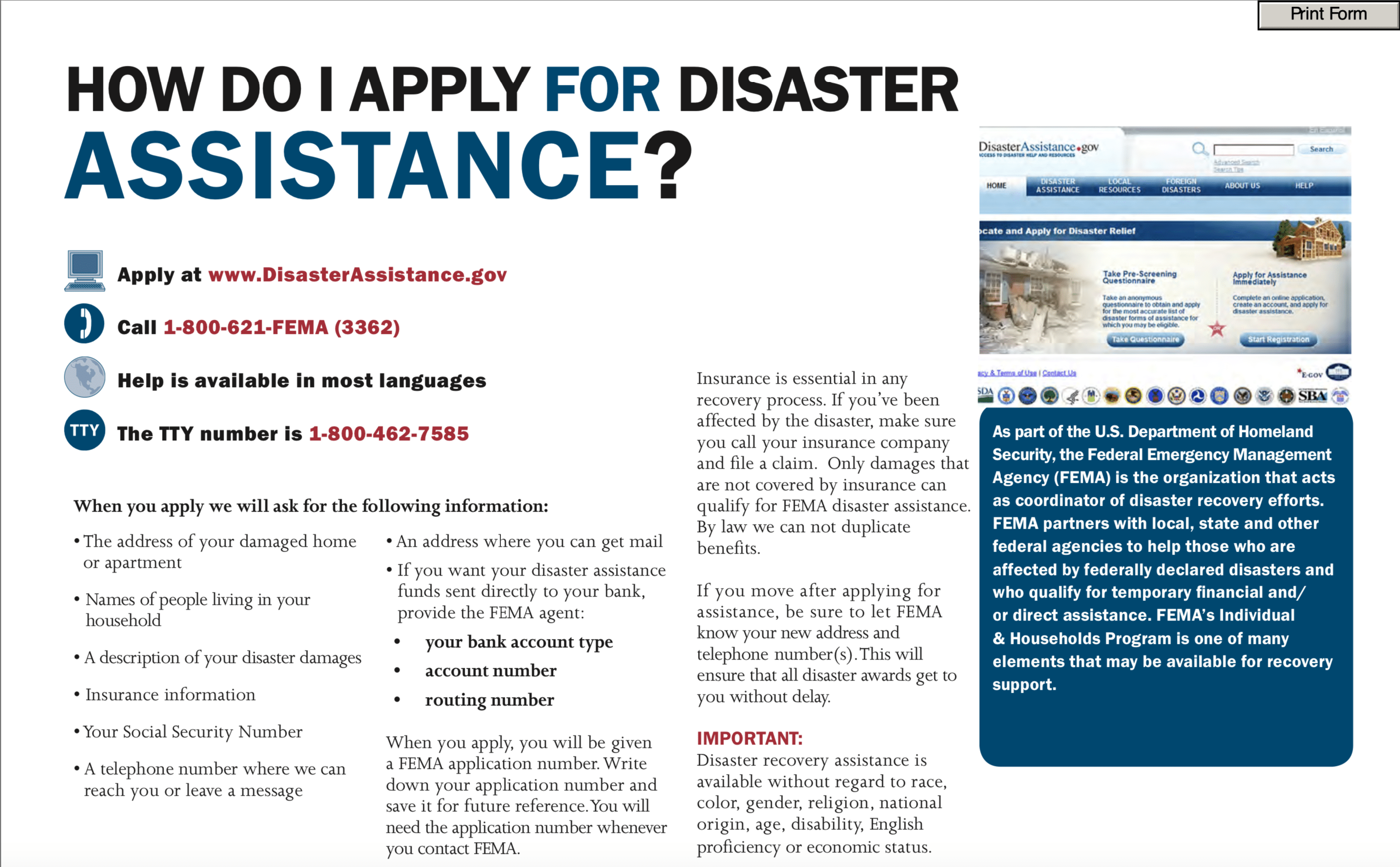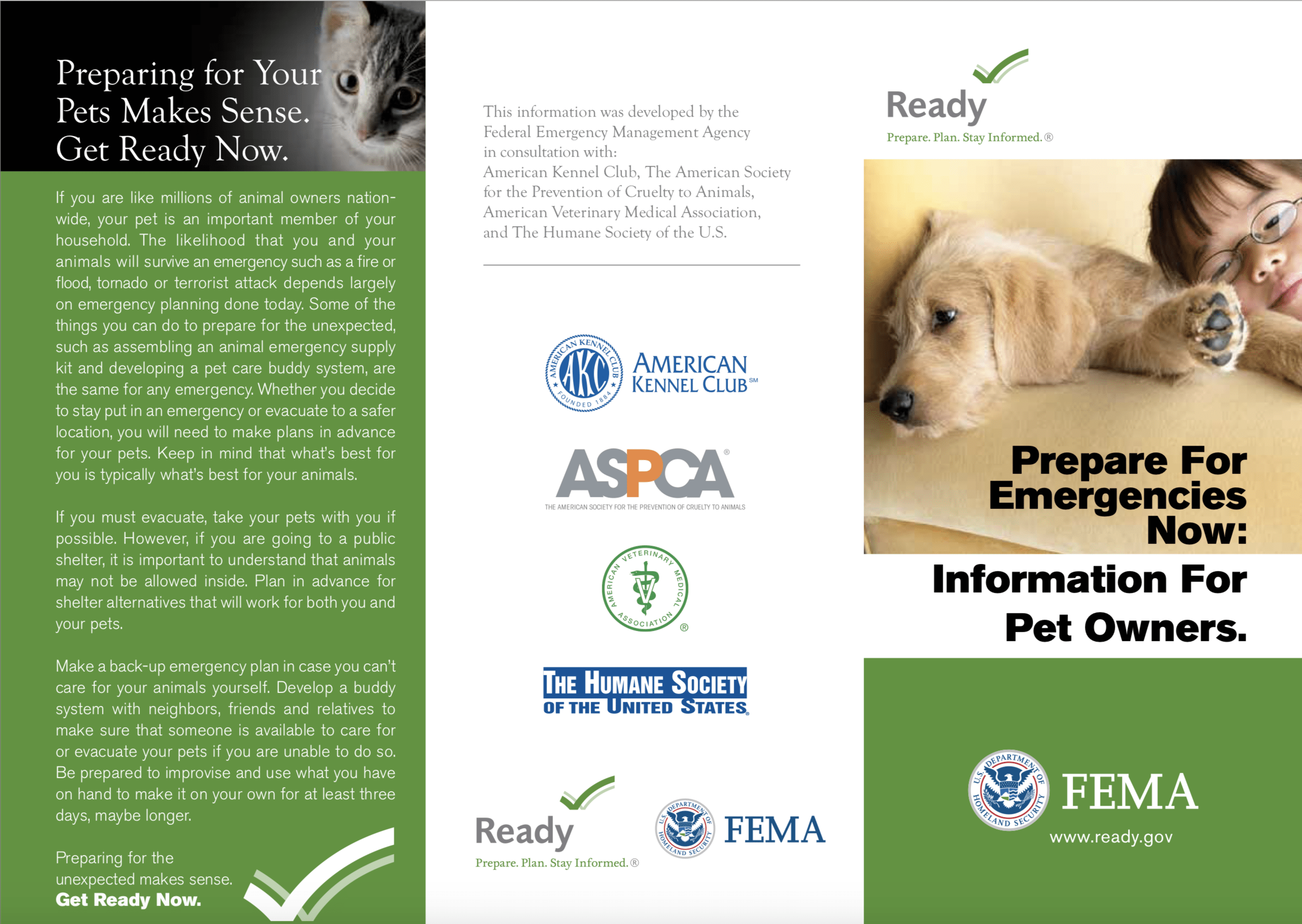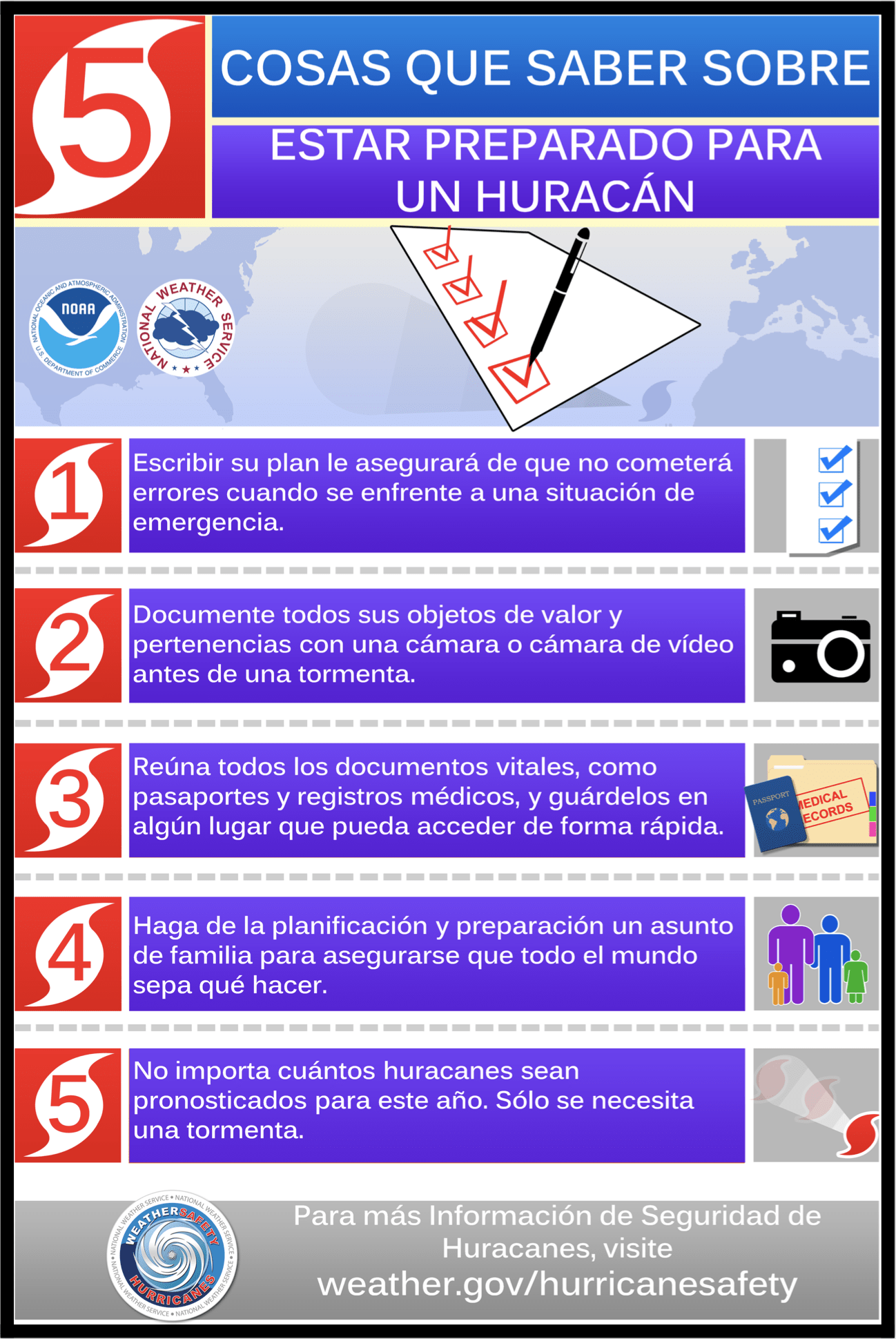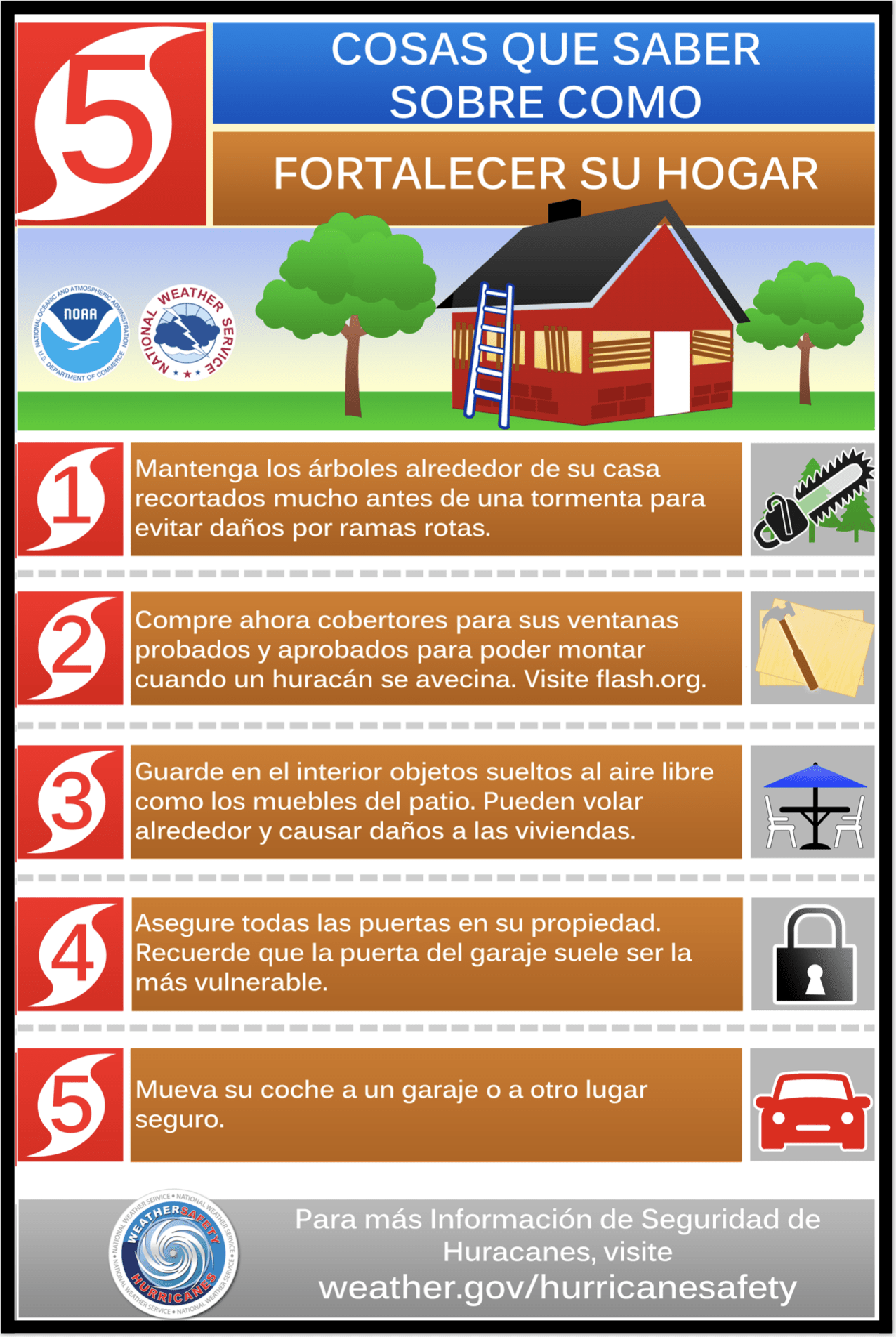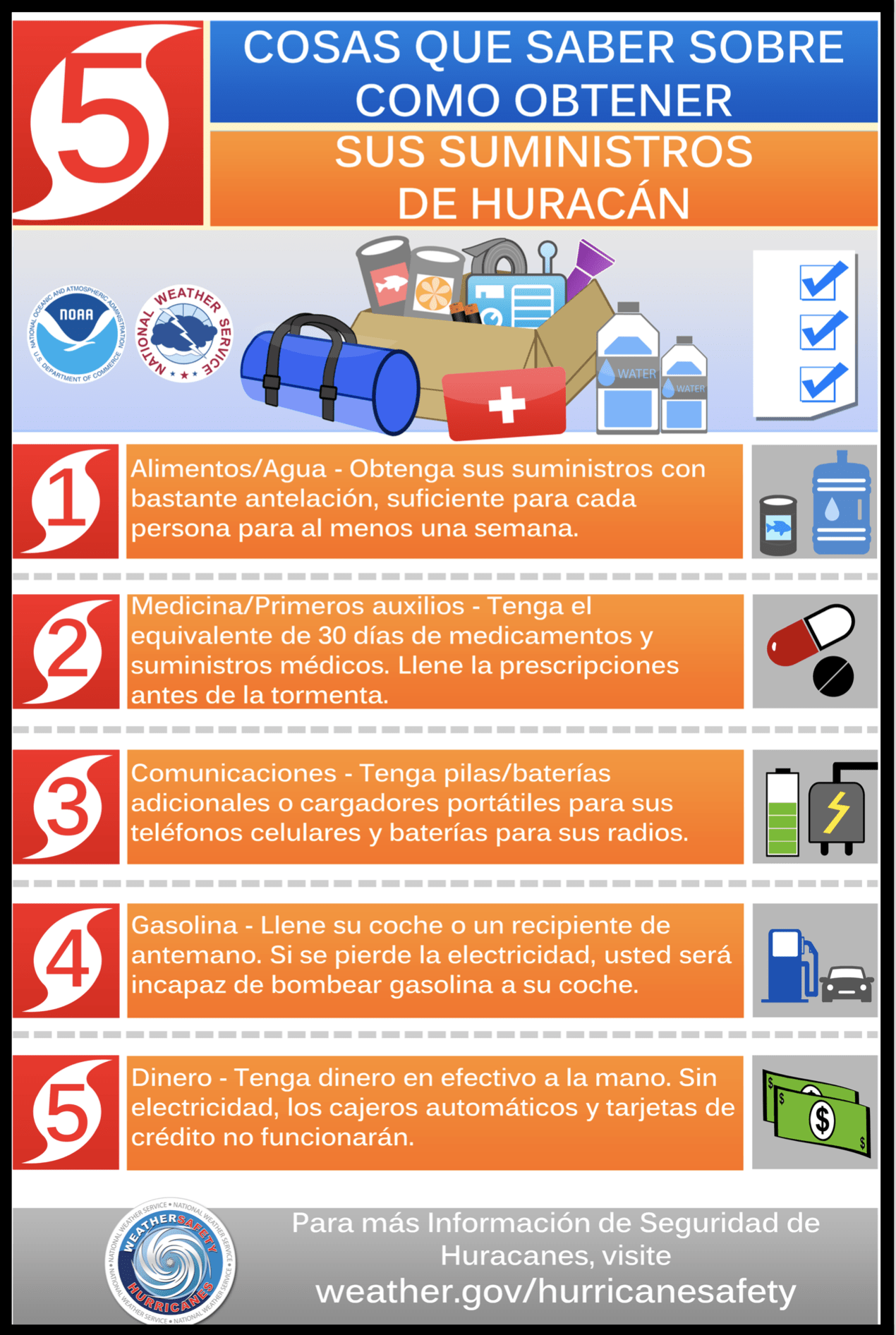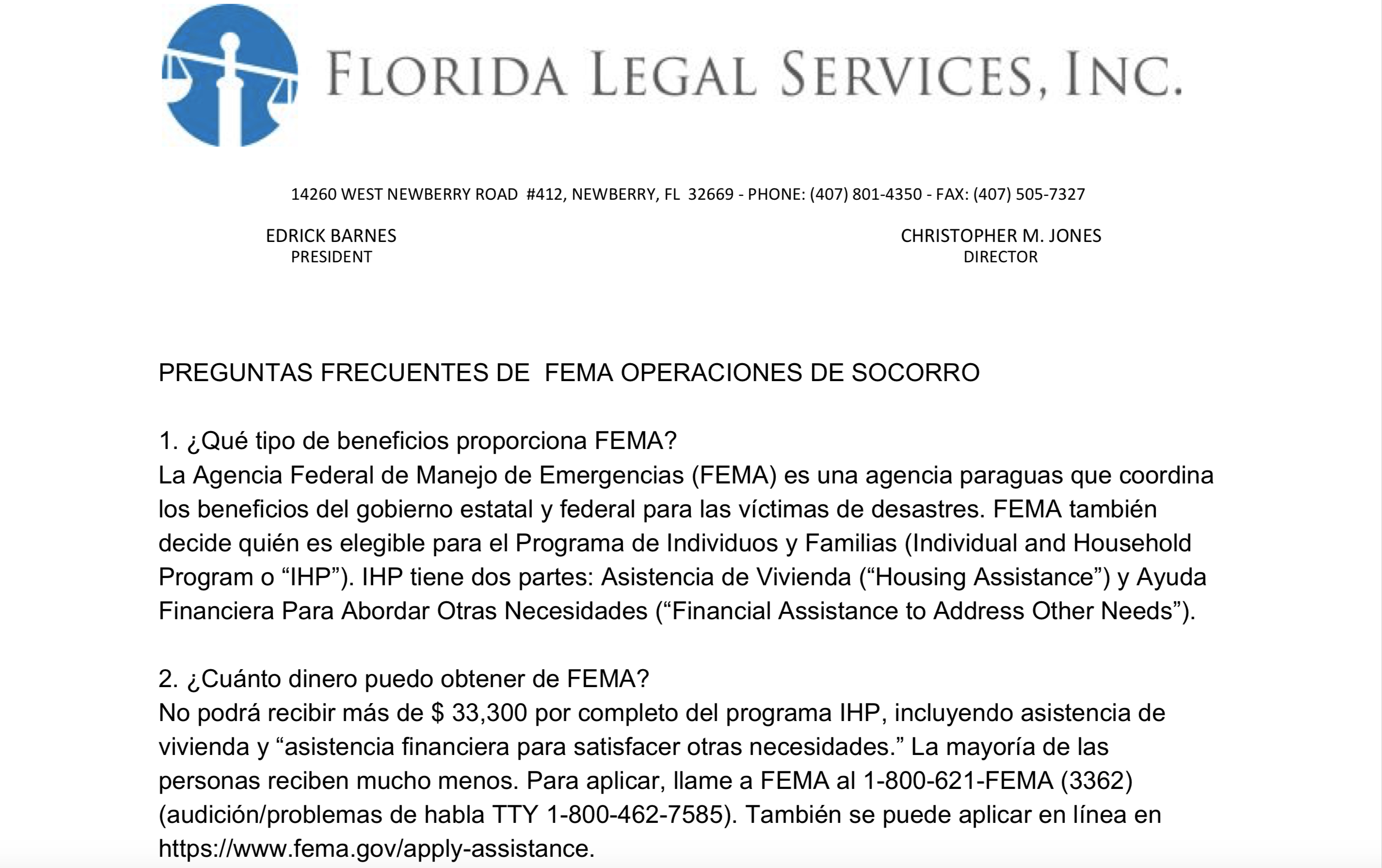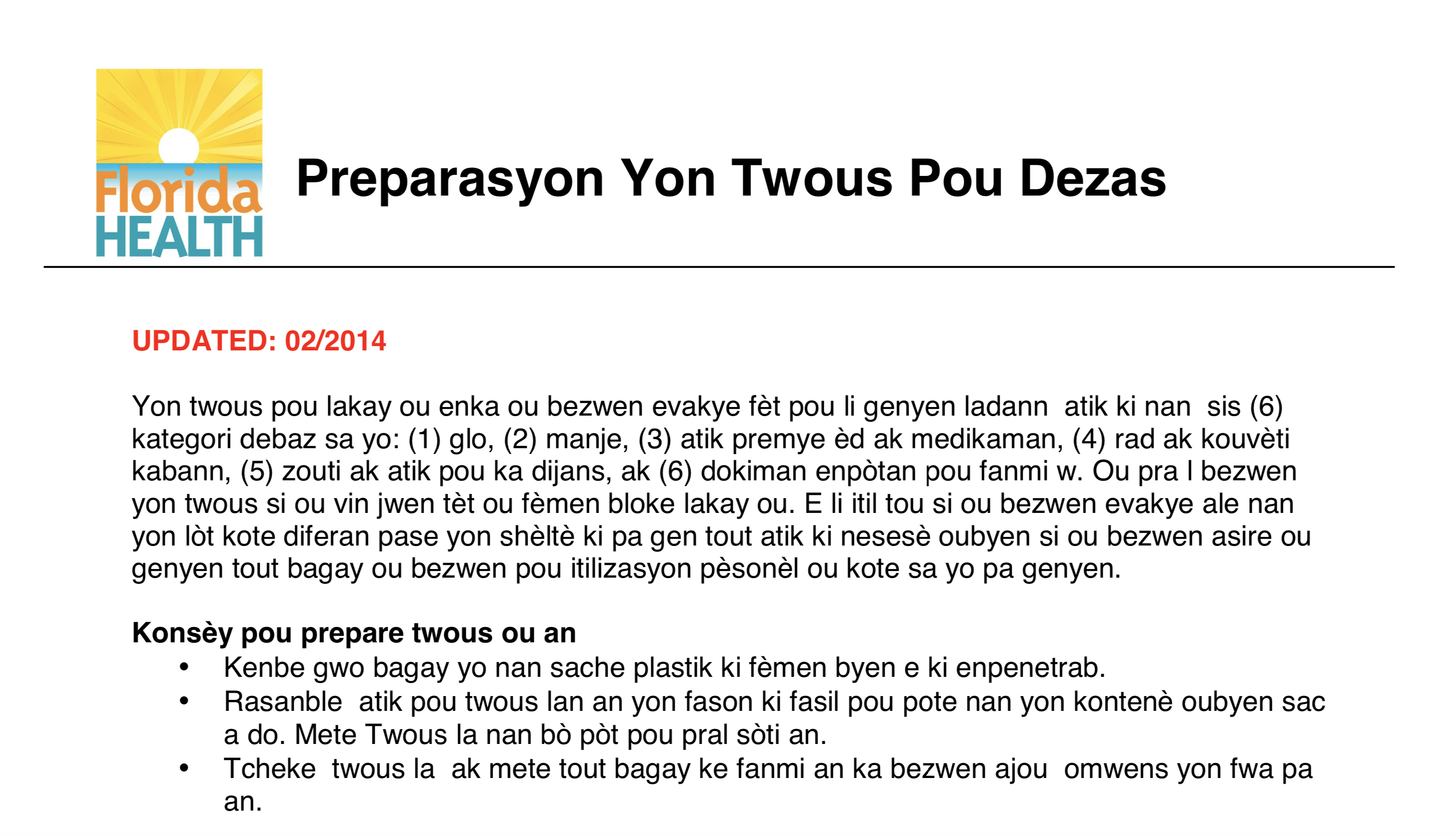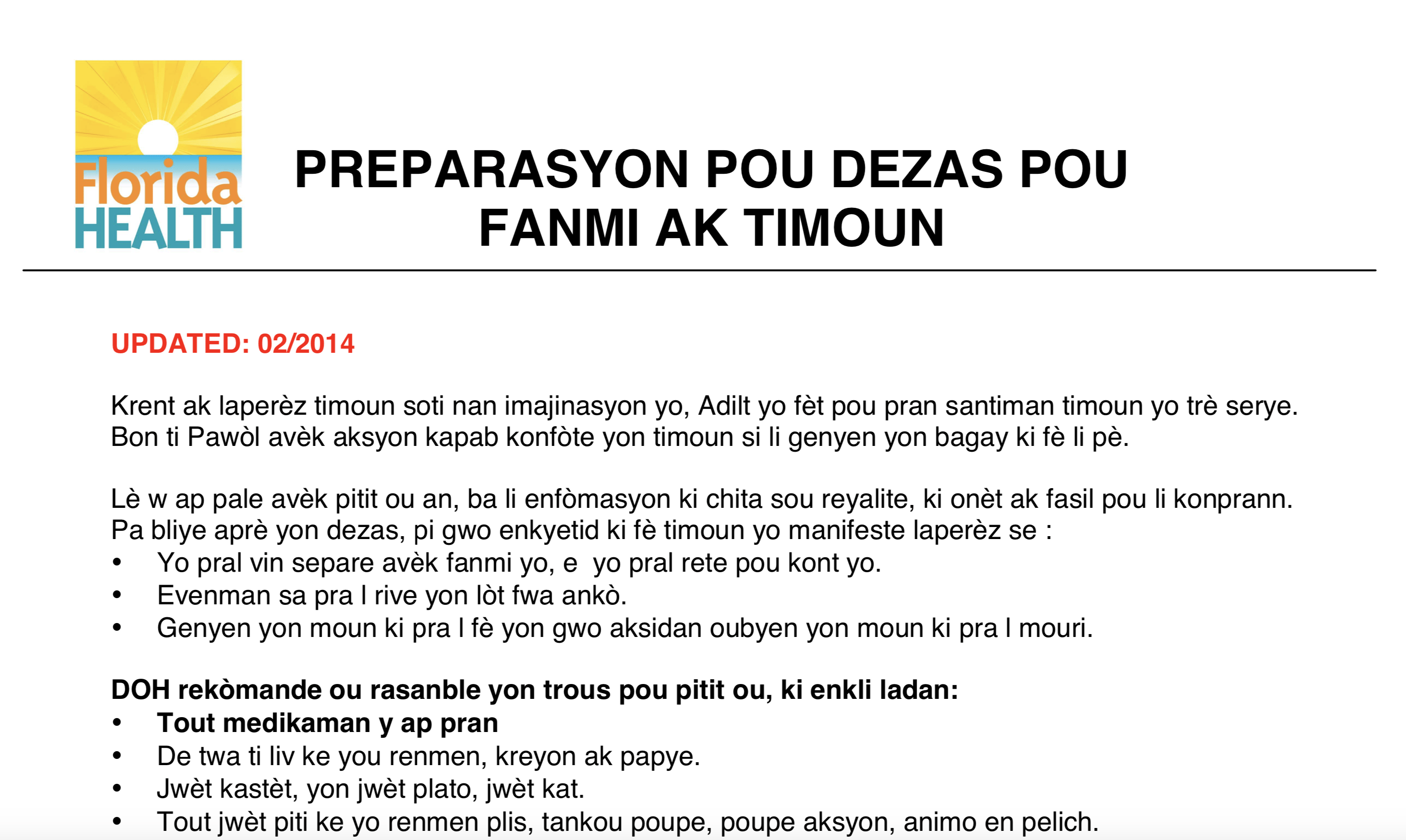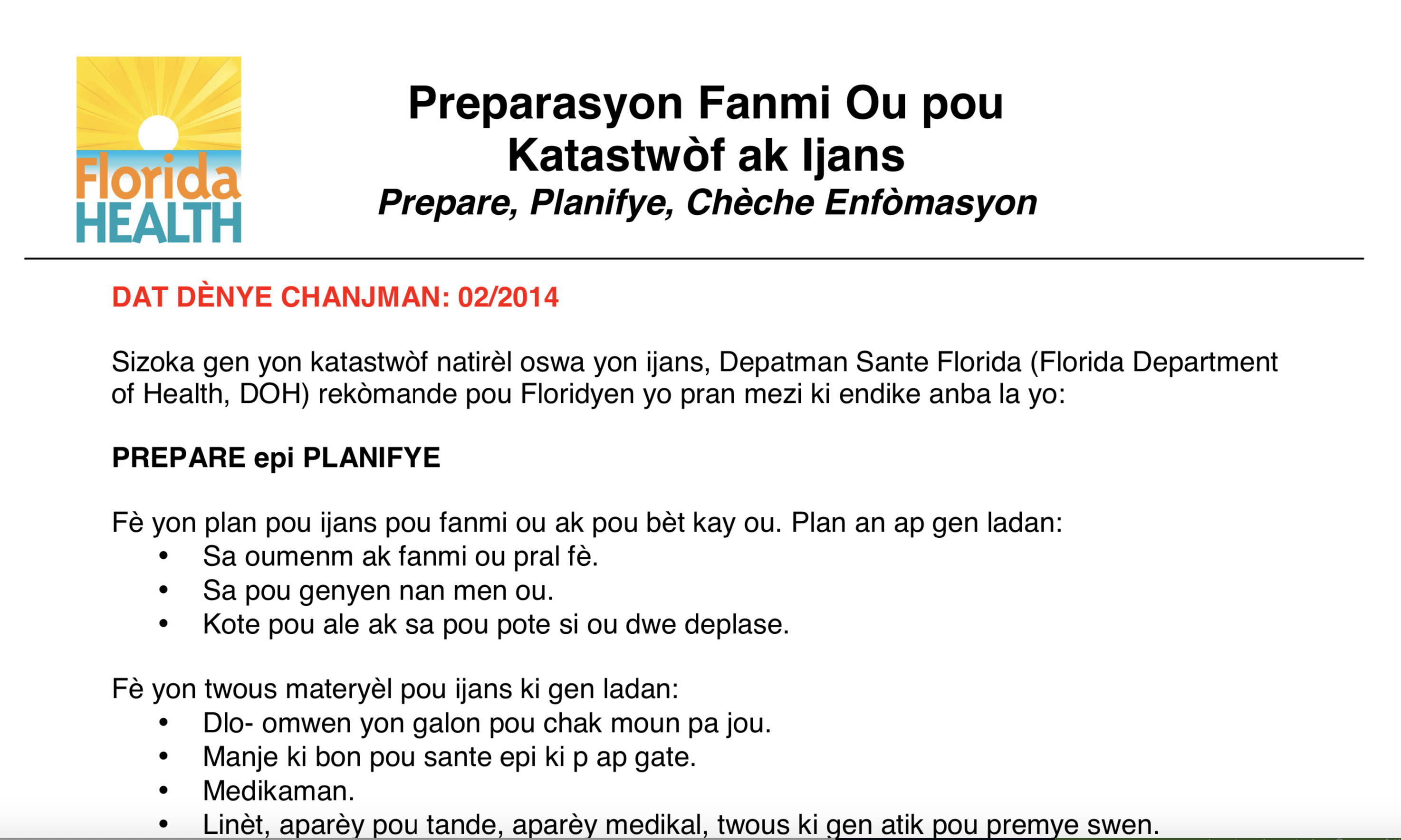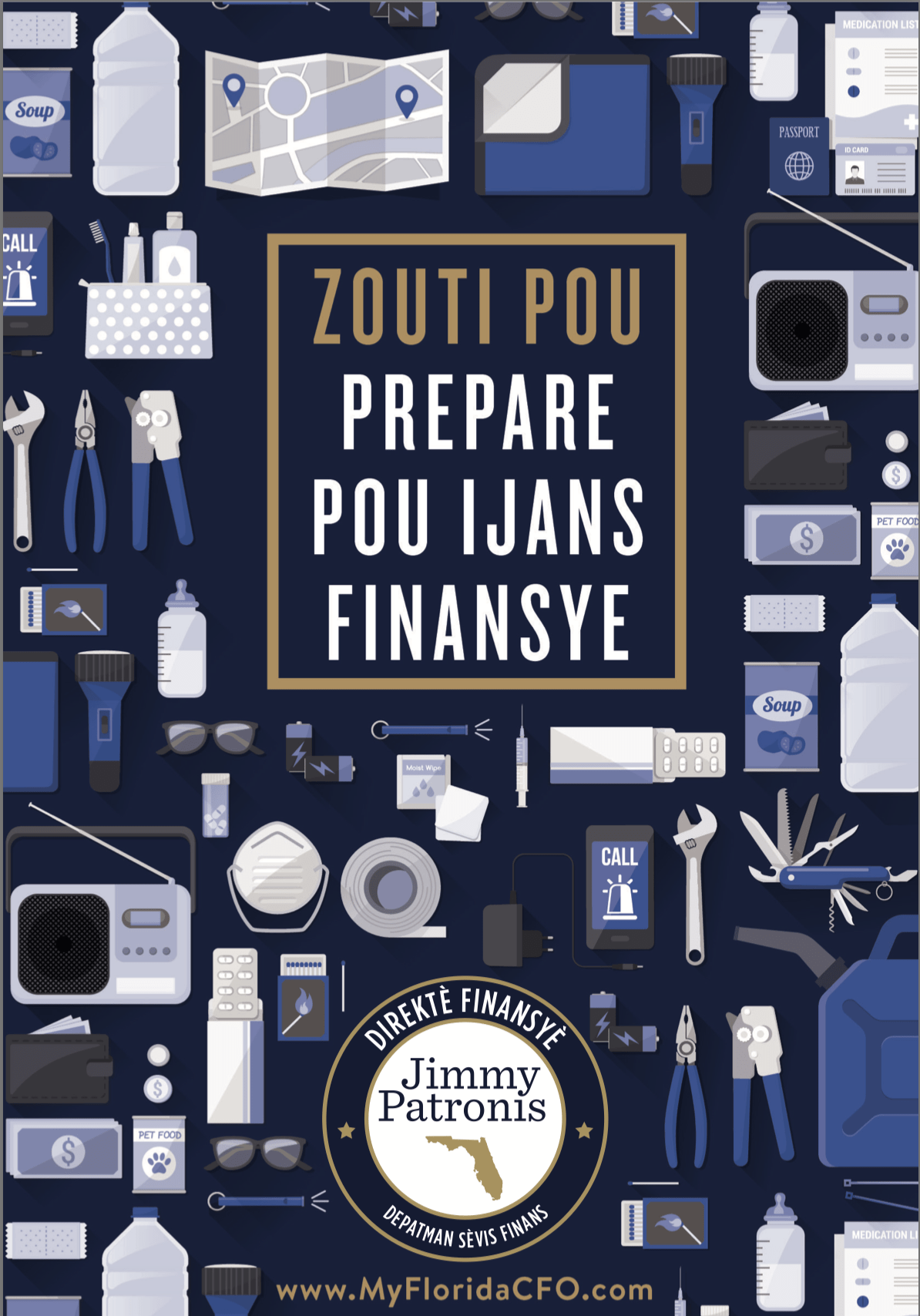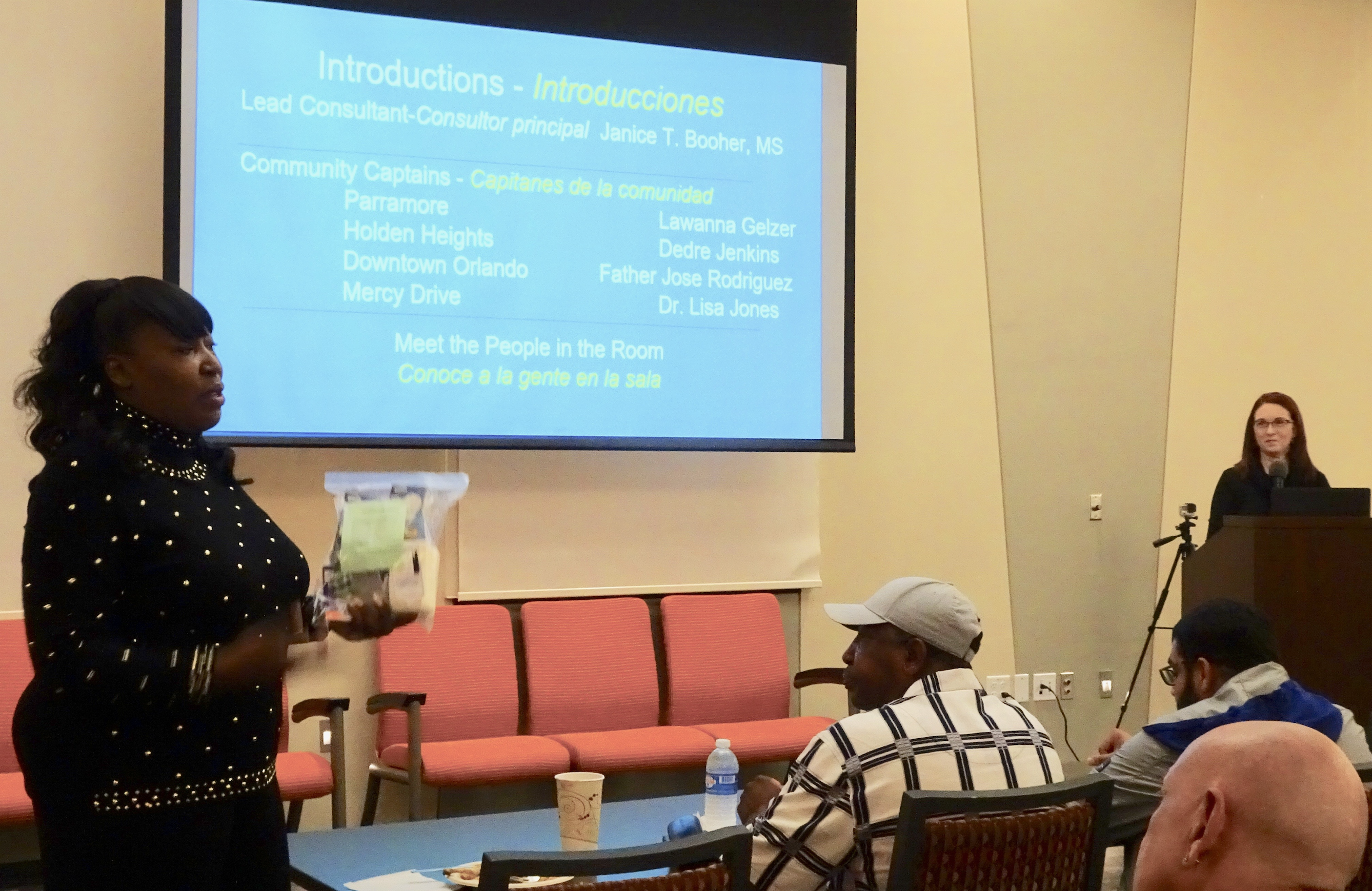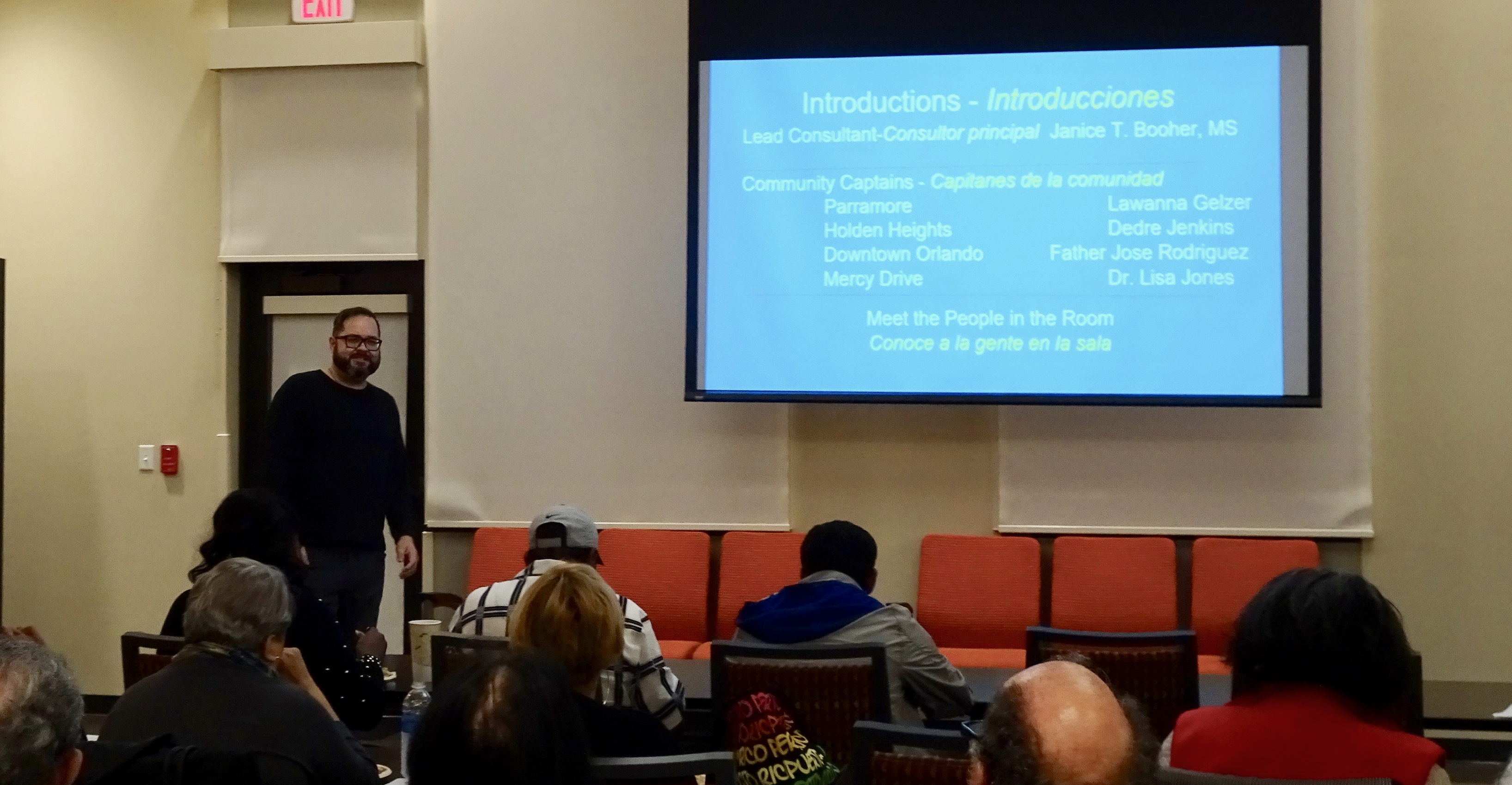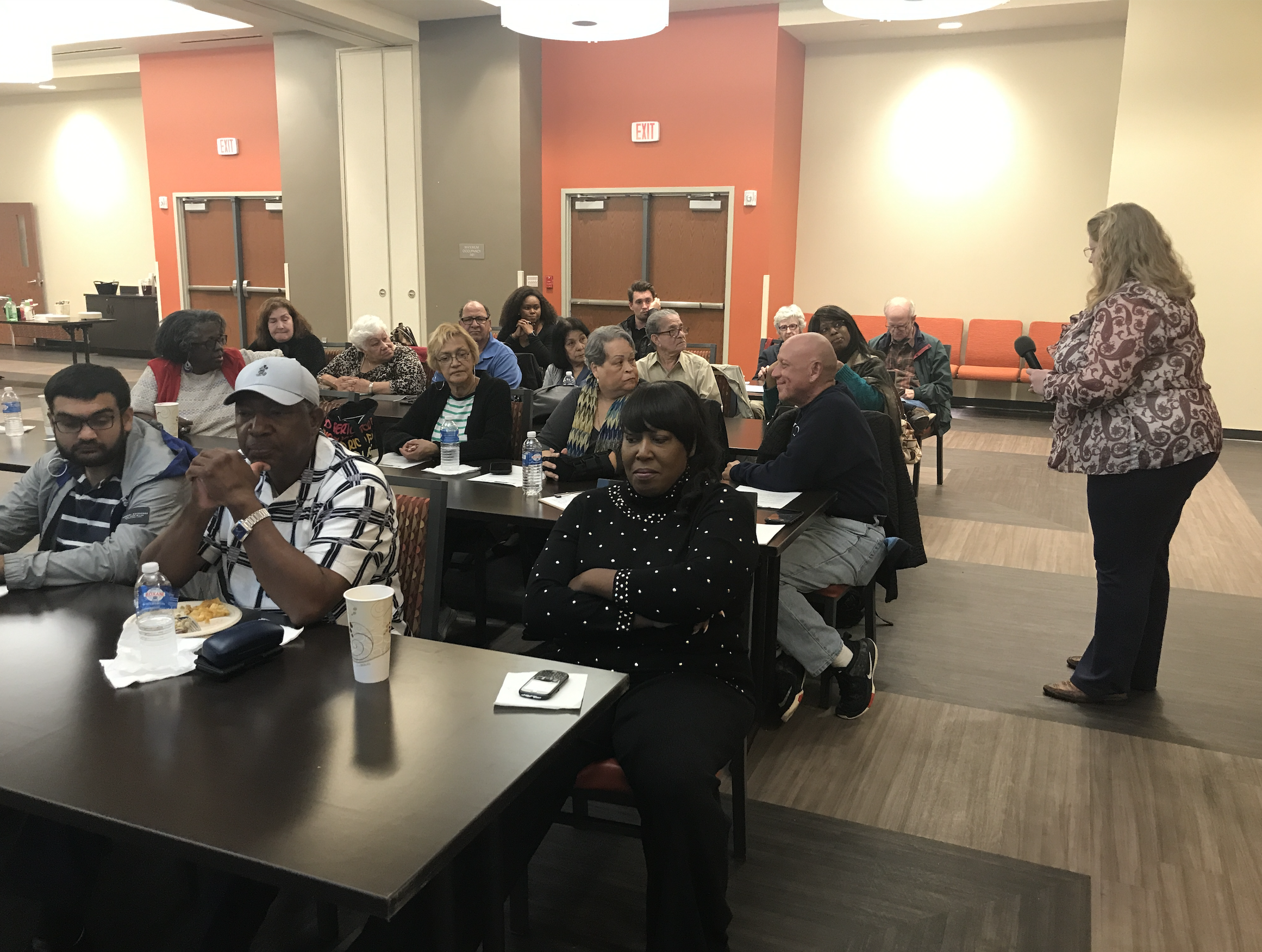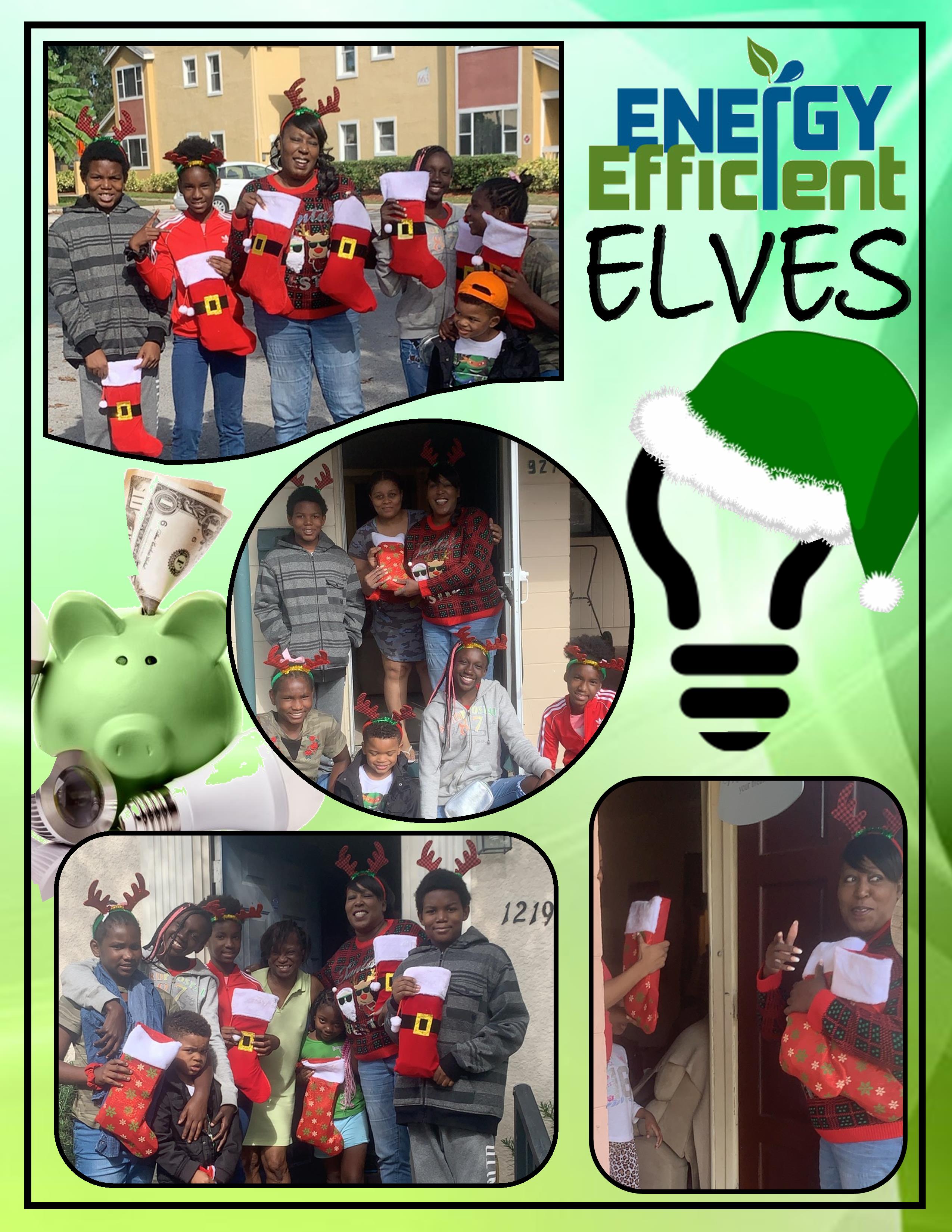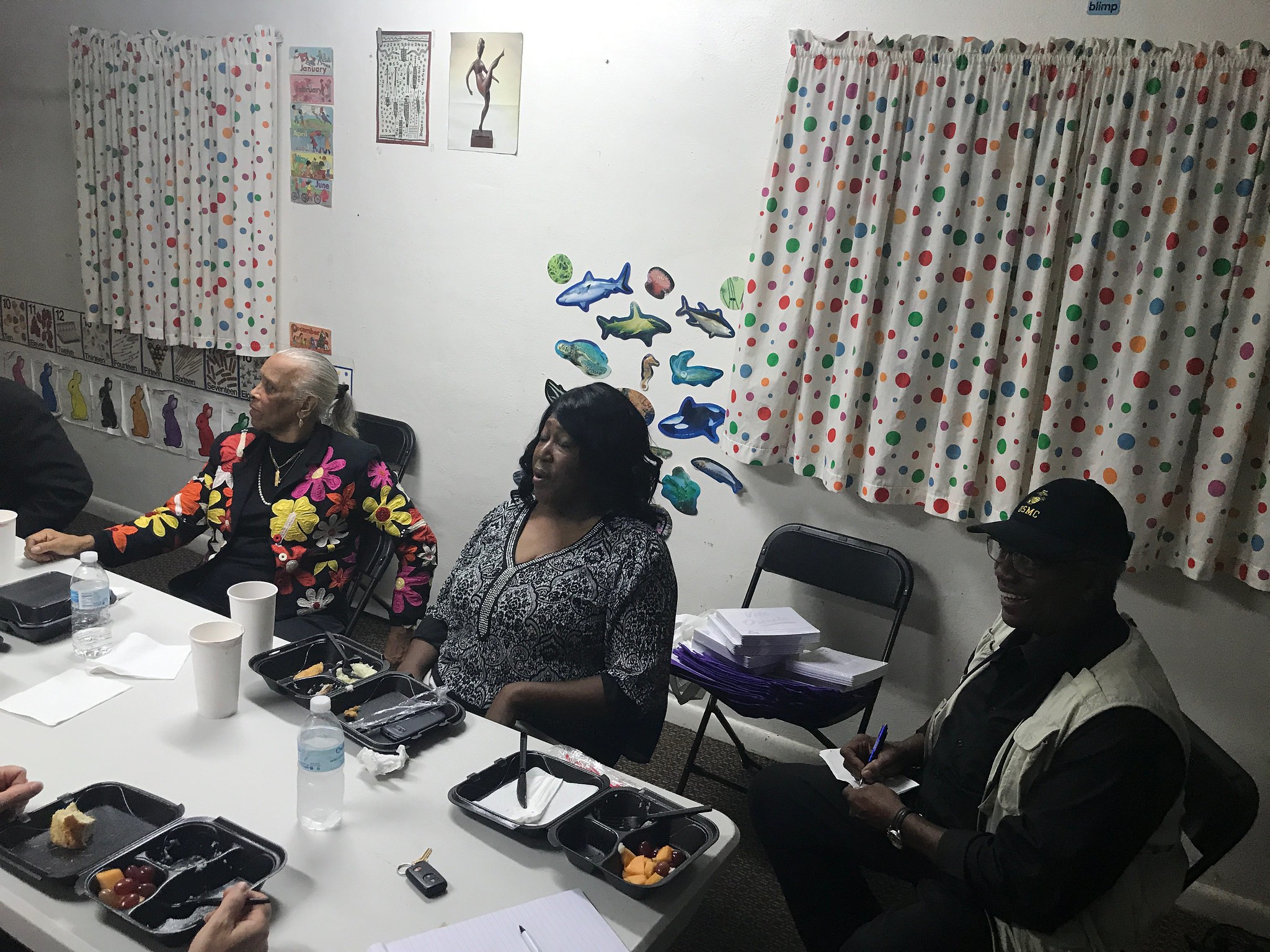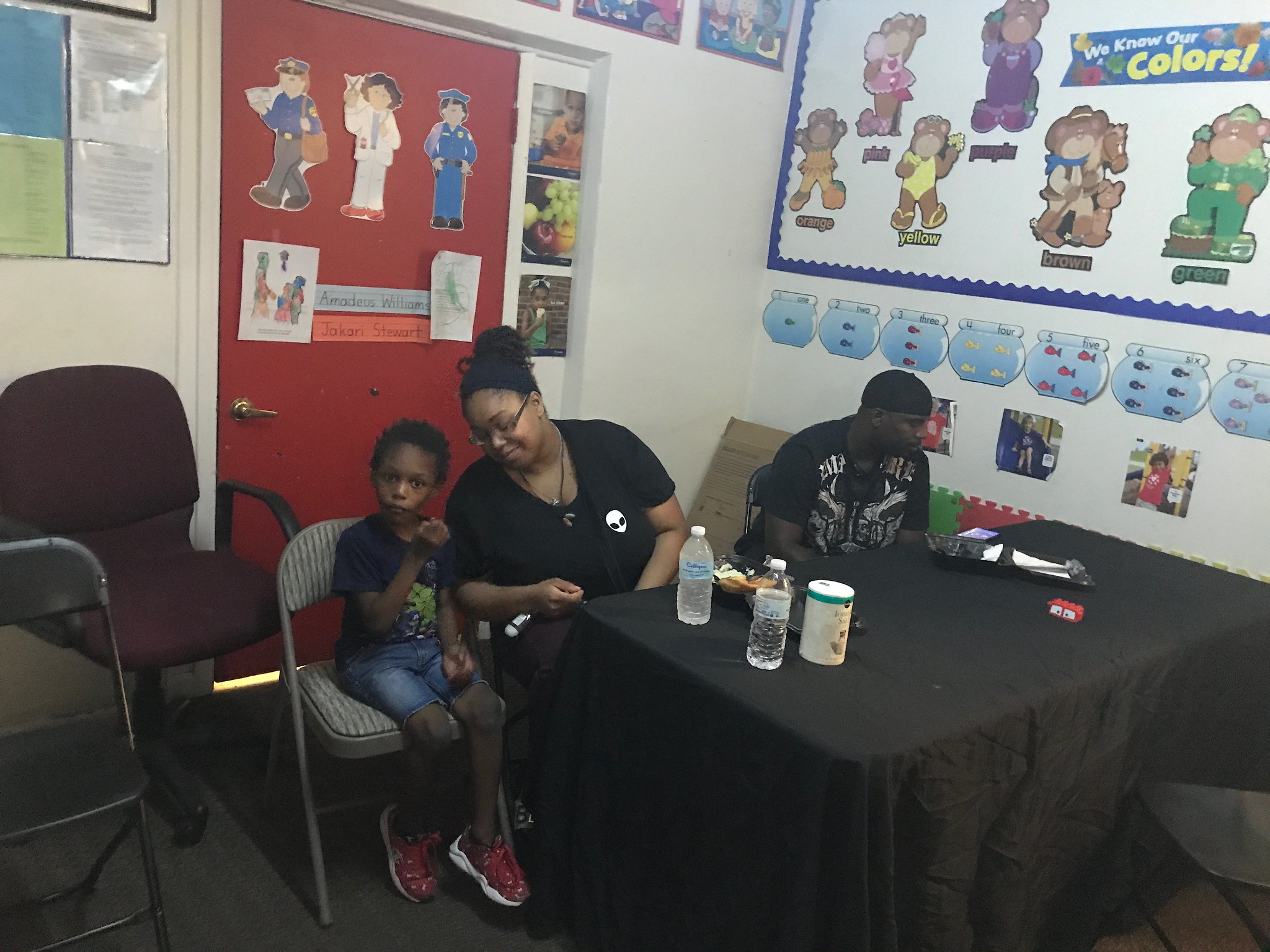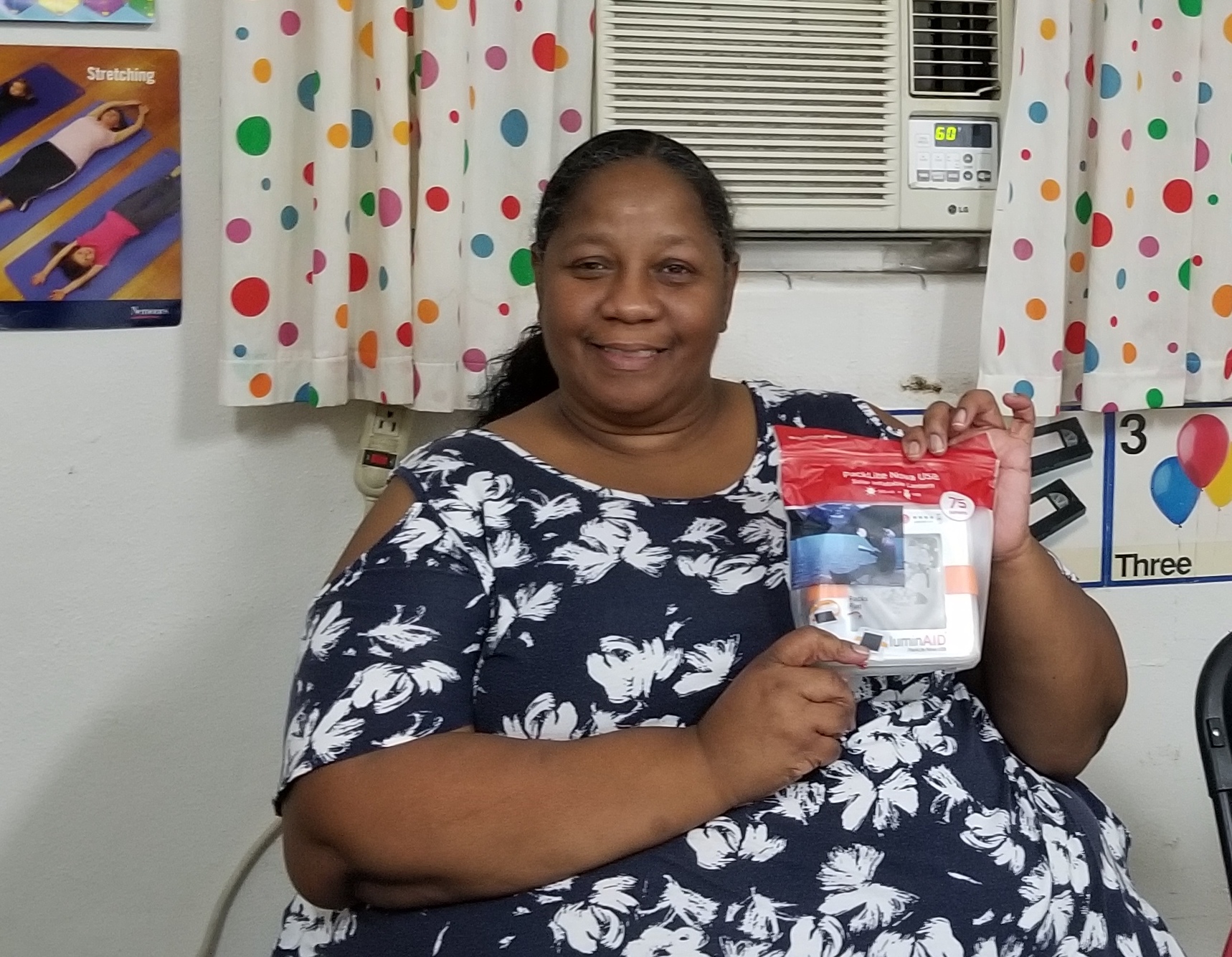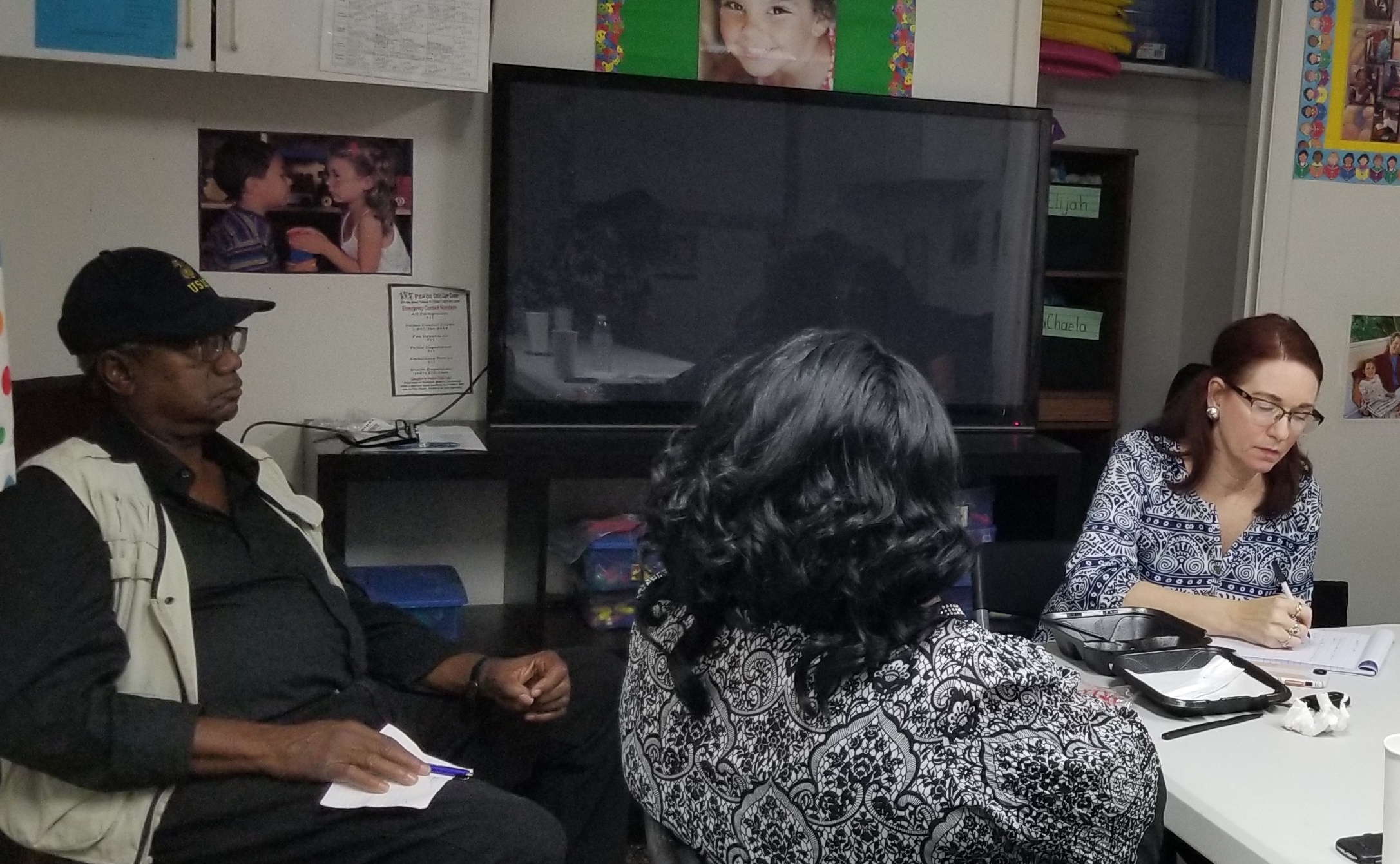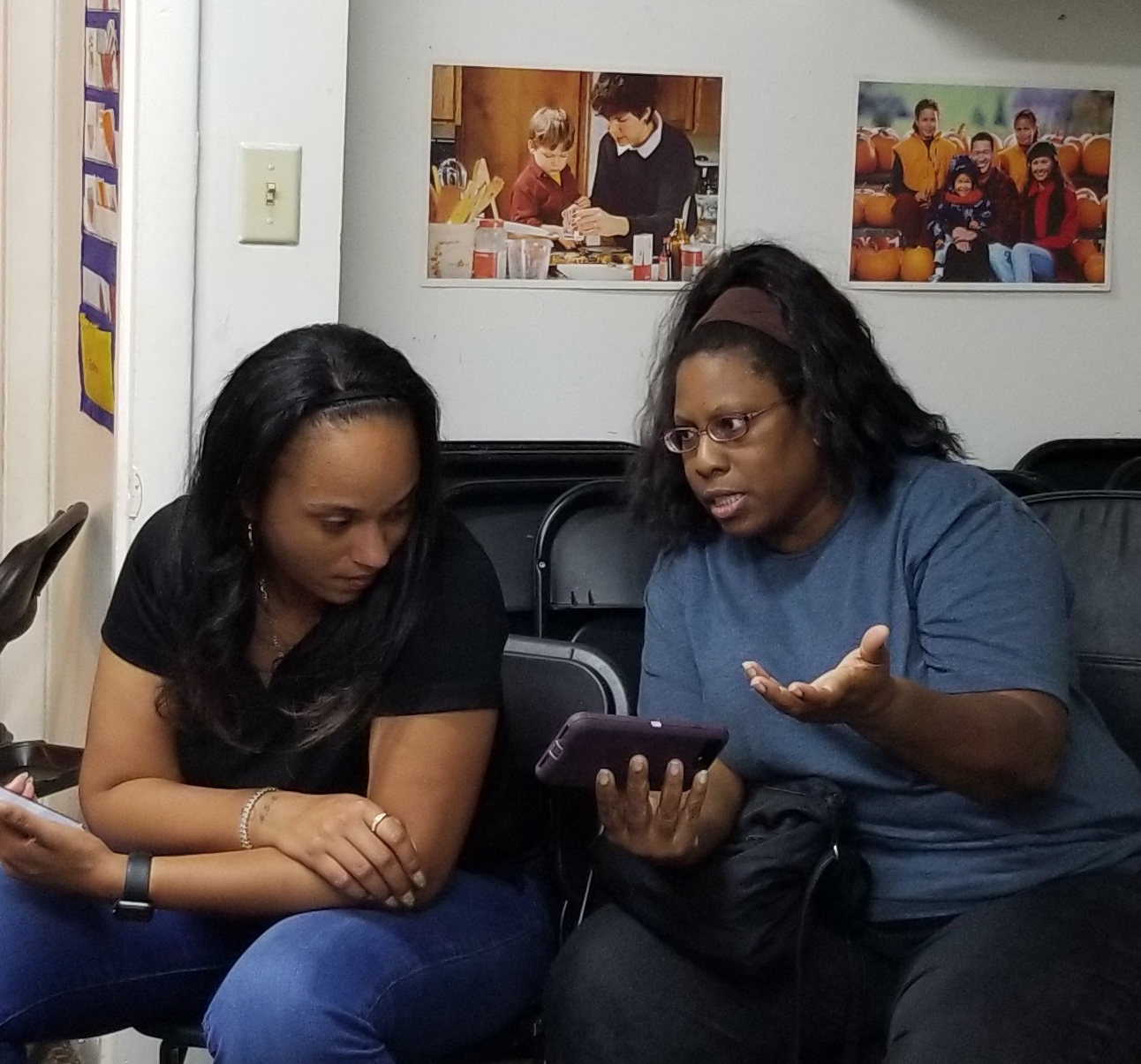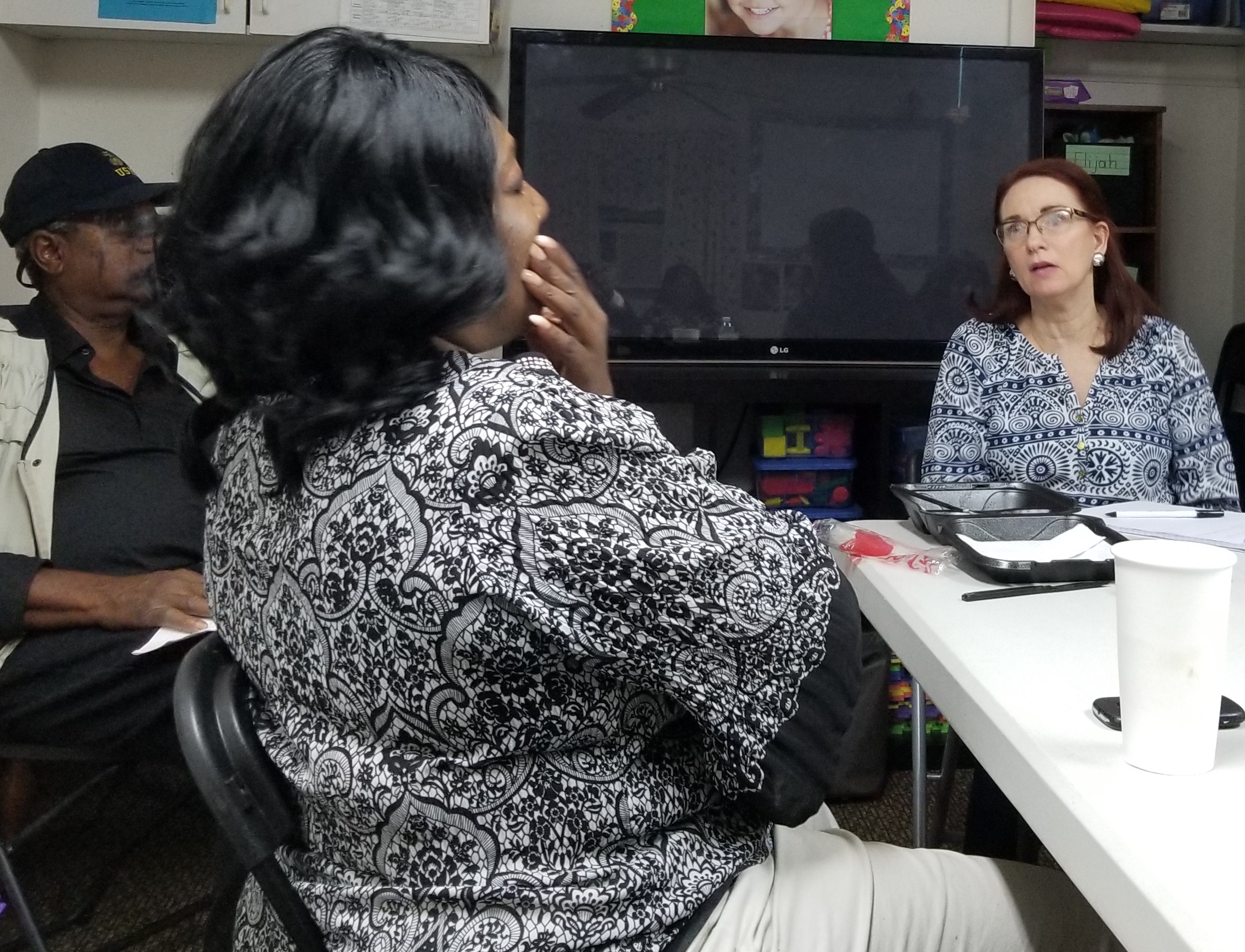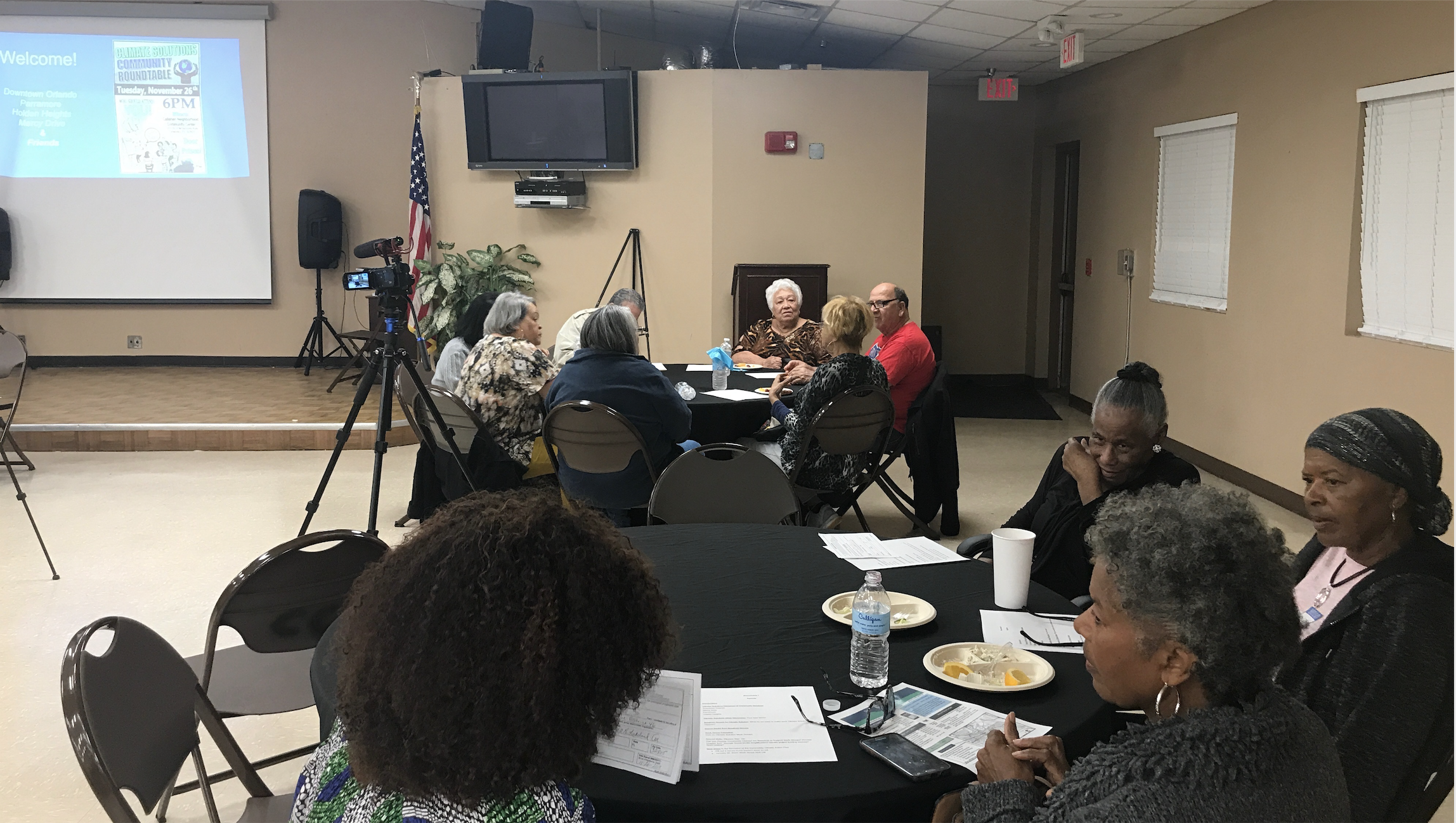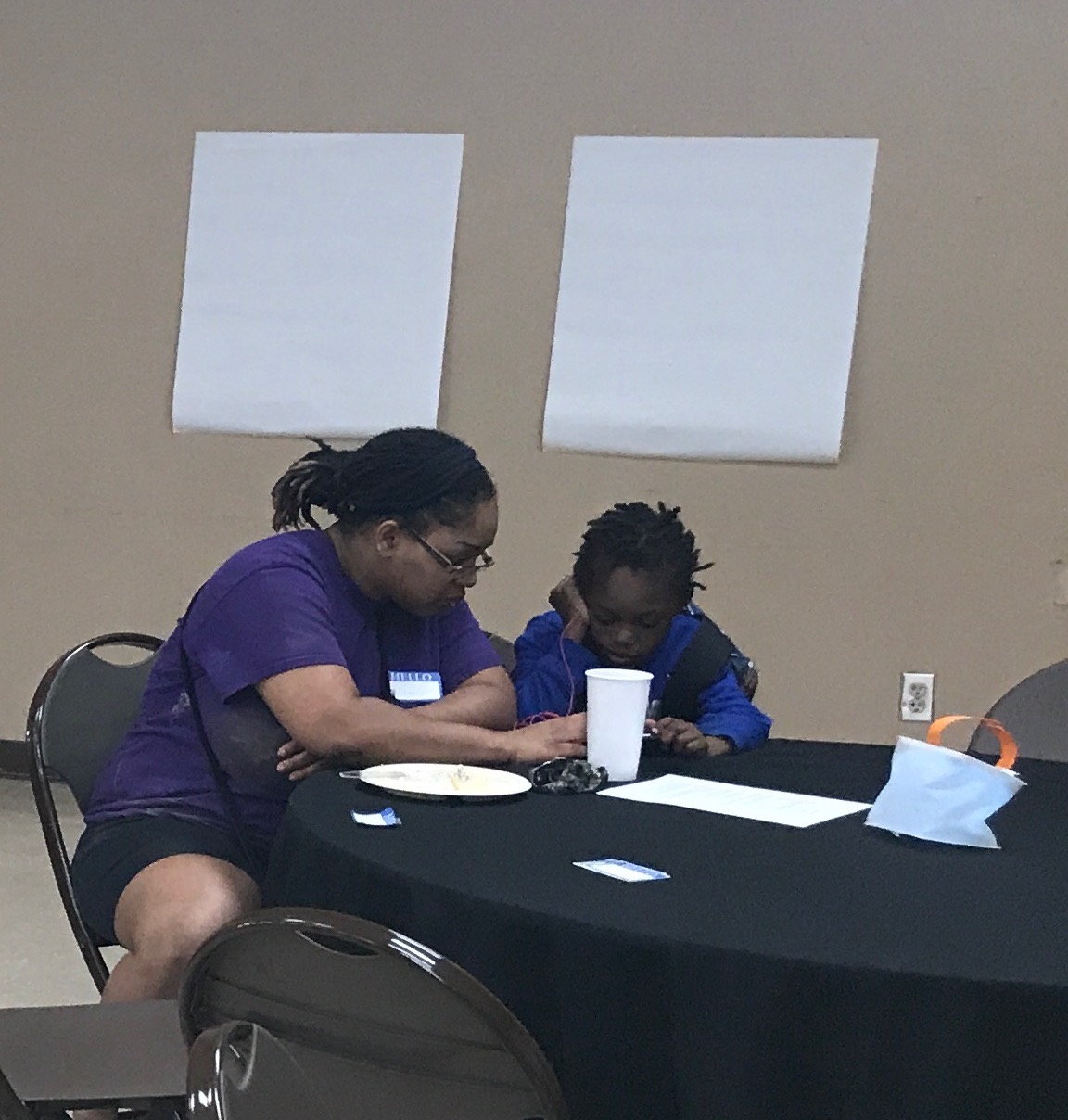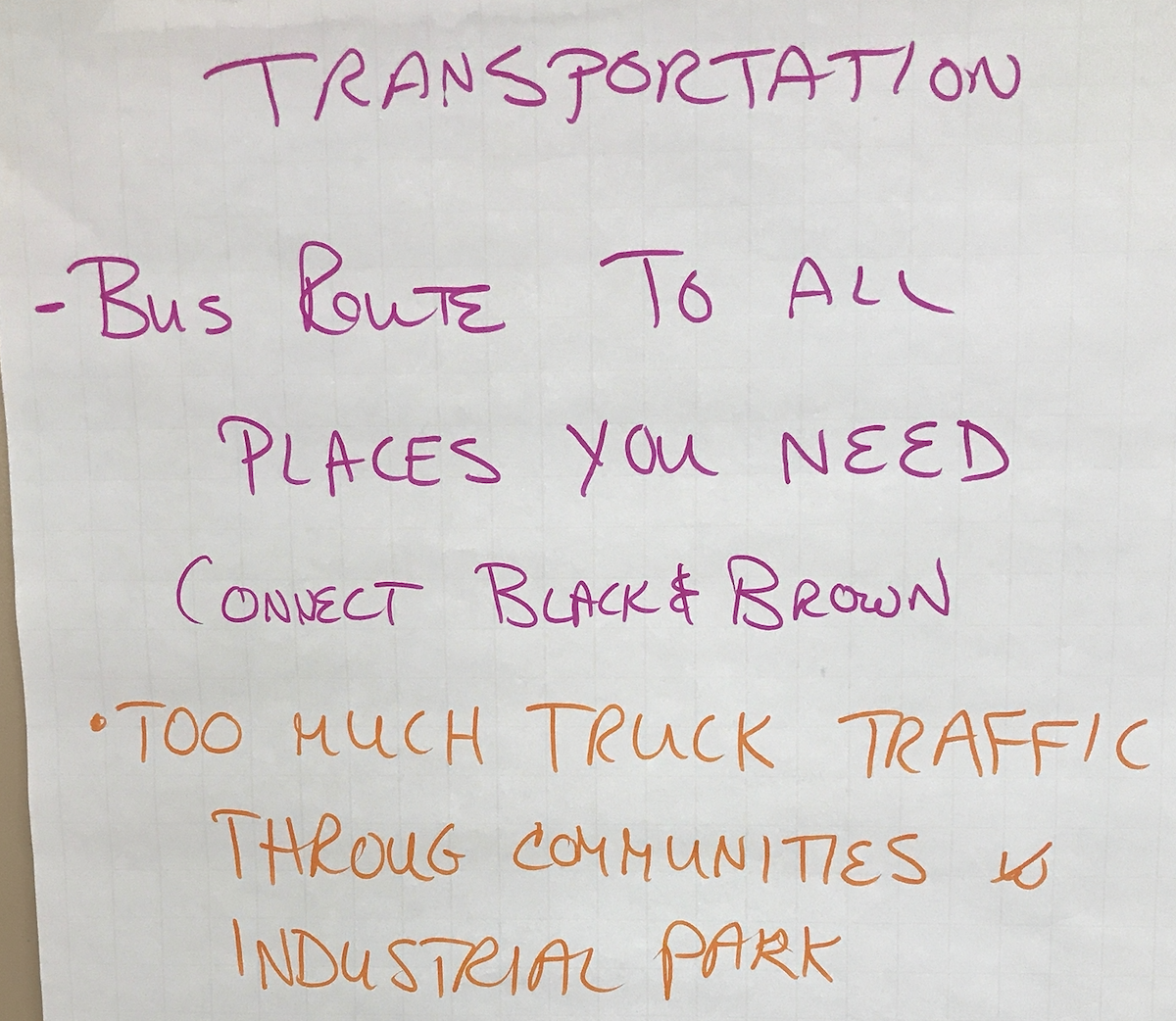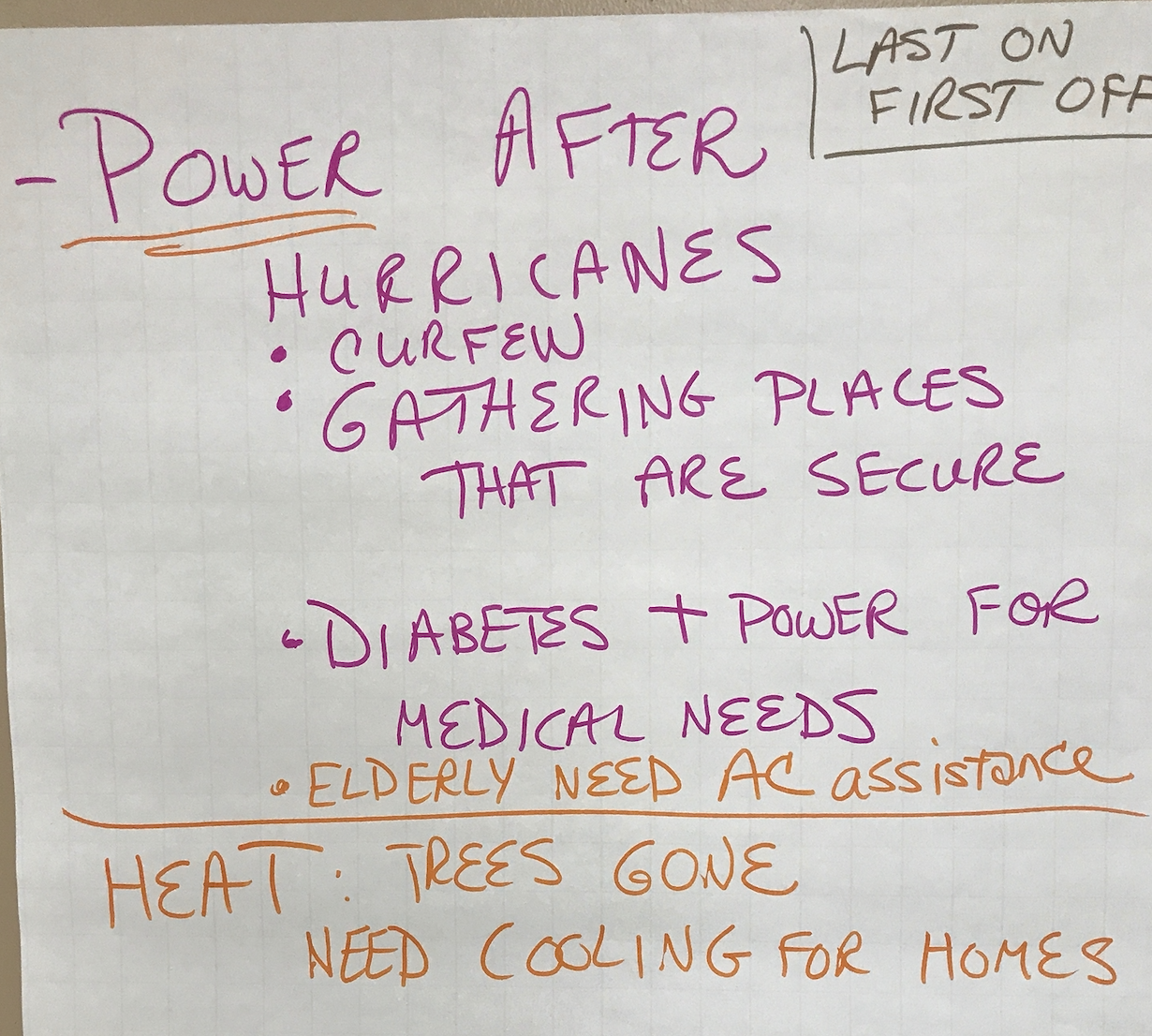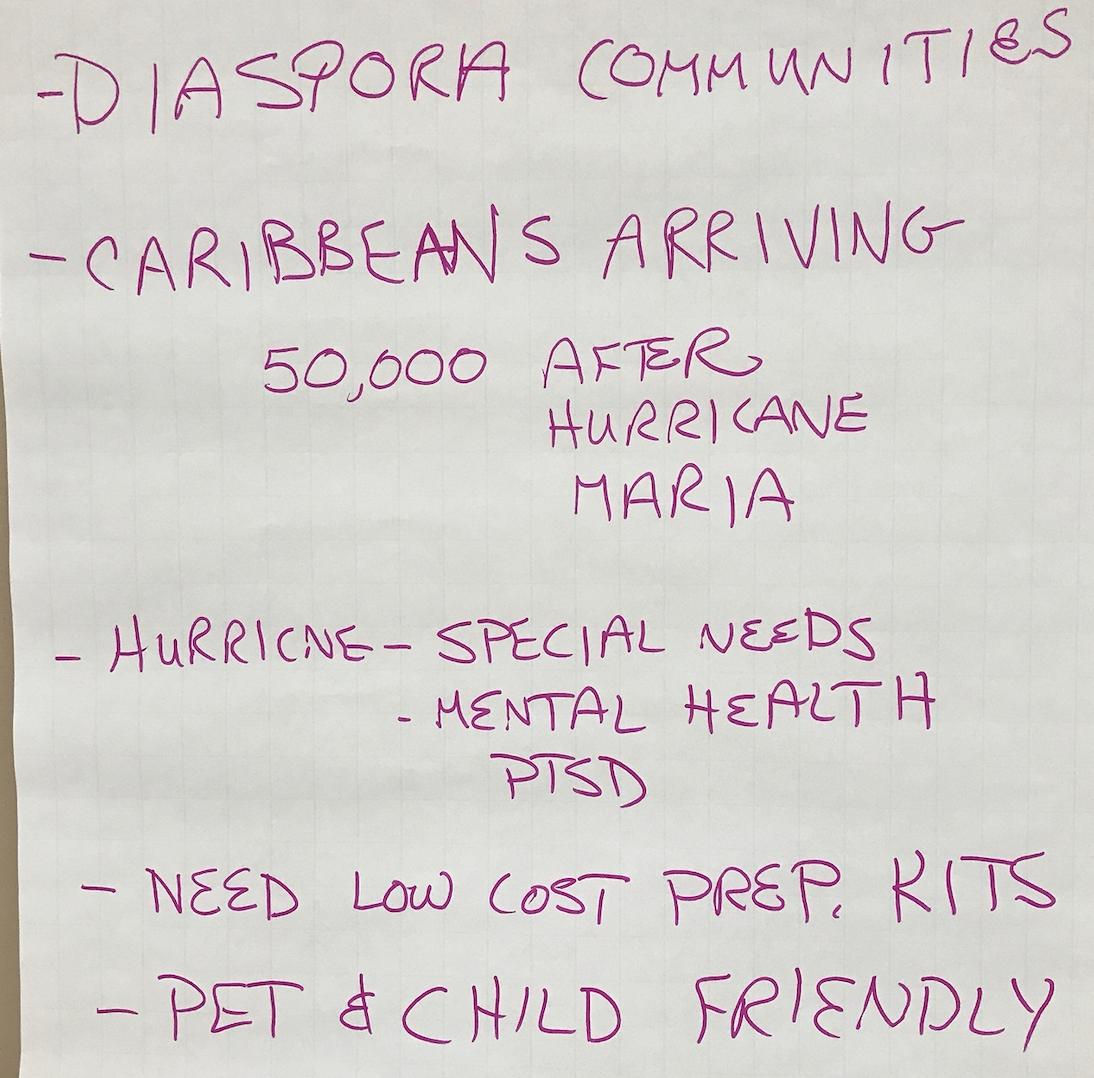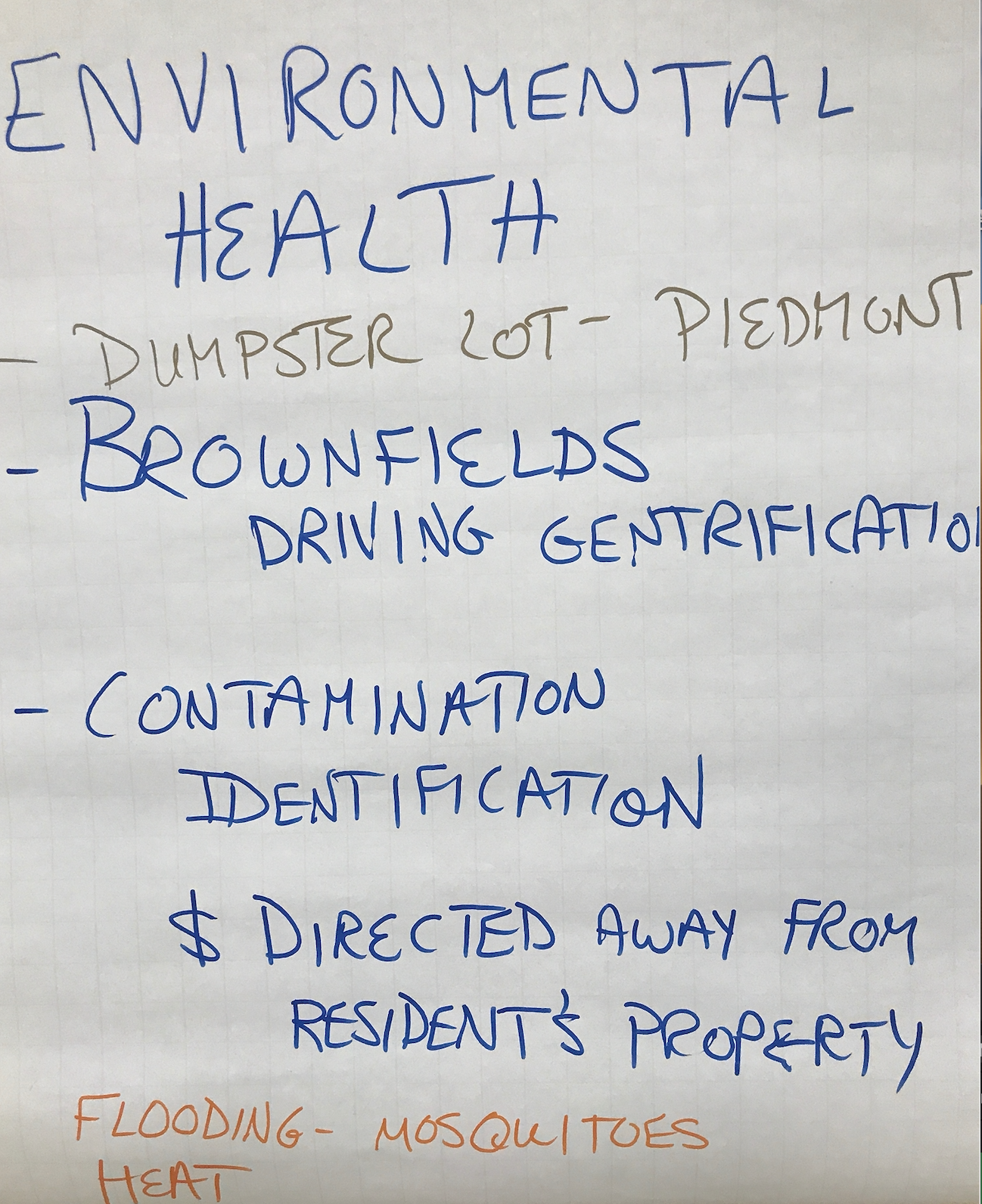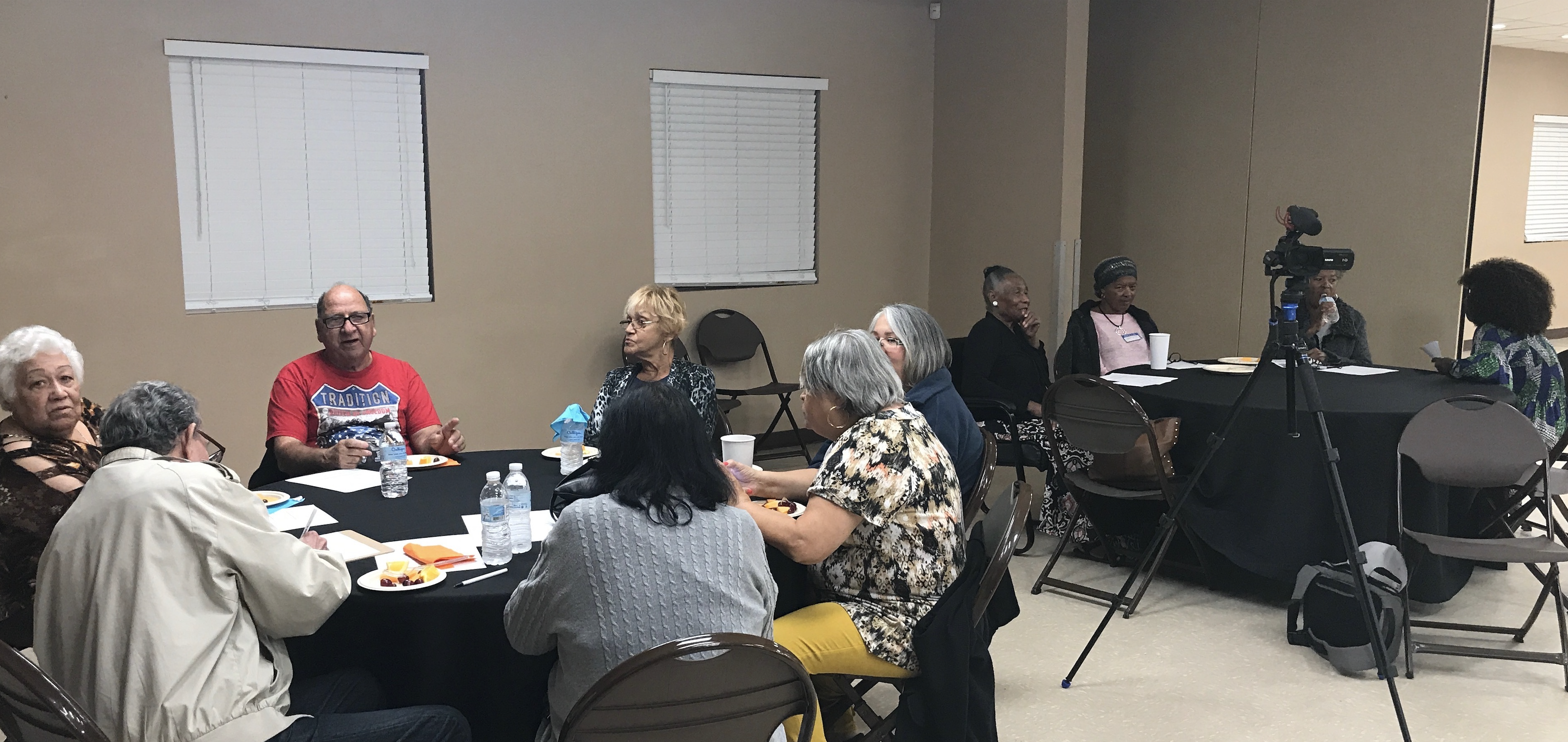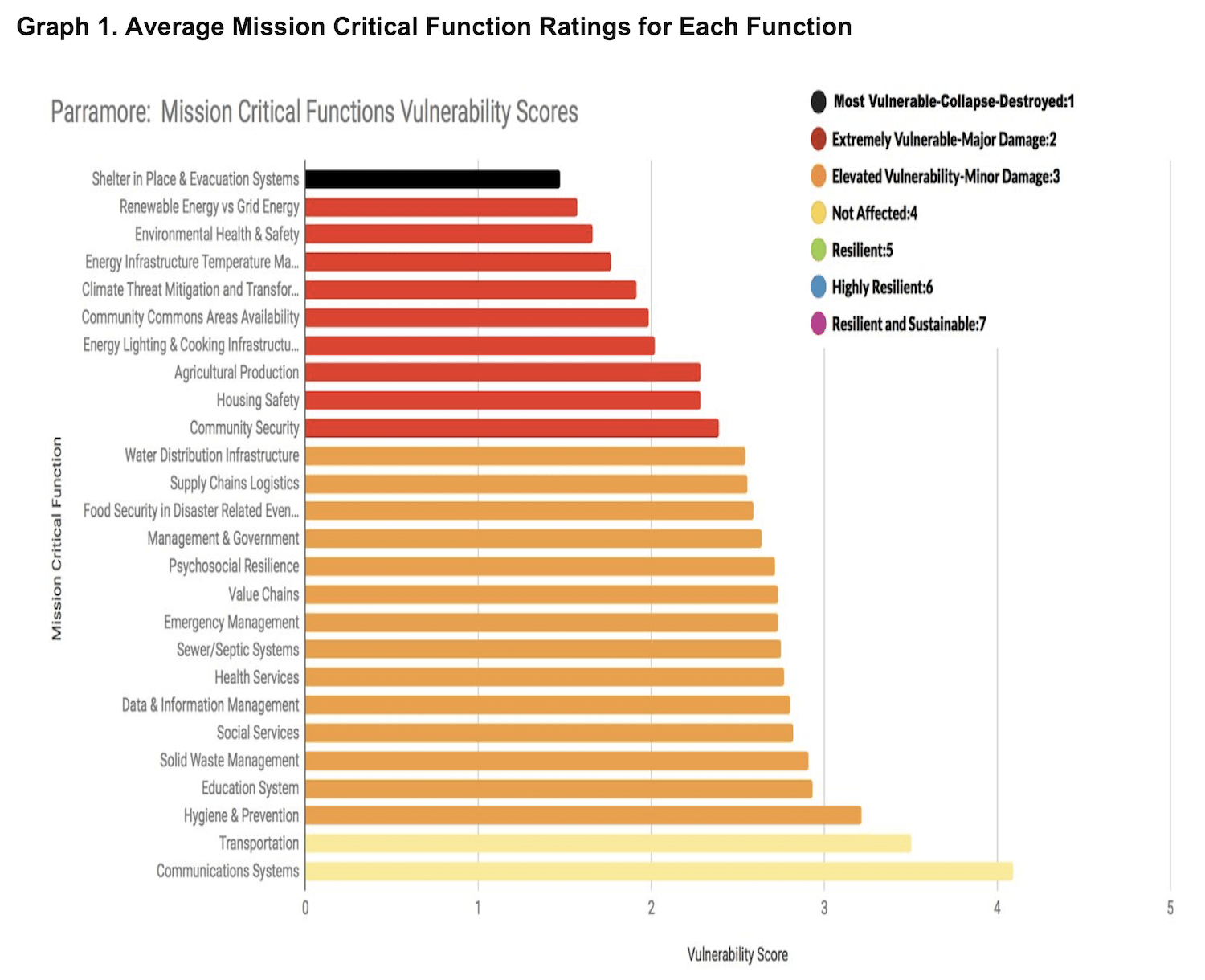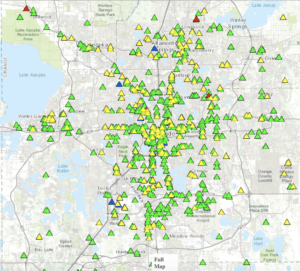Resilient American Communities
Orlando/Orange County area
HURRICANE DASHBOARD
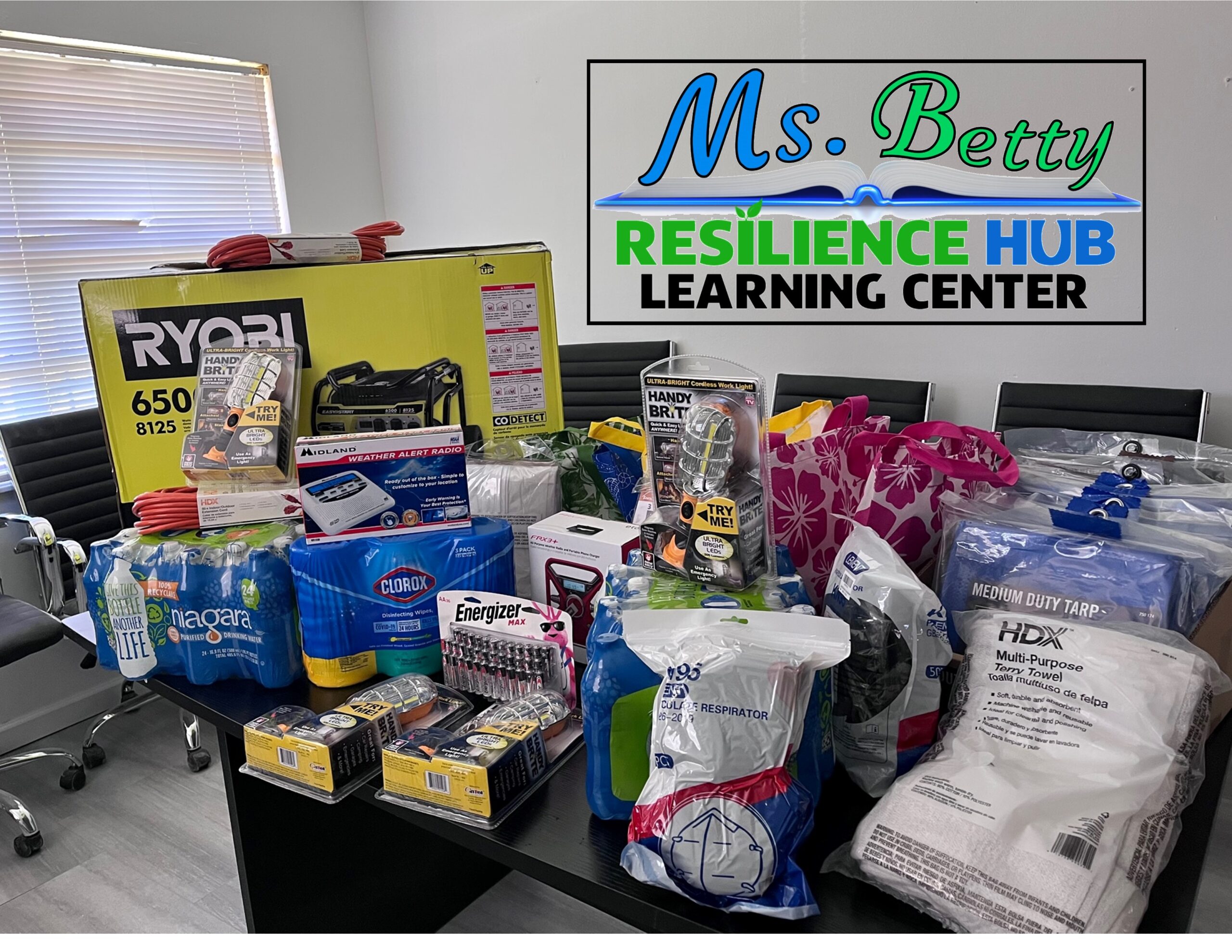

825 W. Washington St., Orlando, FL 32805
View the information you need to know by clicking on the Layers in the Map Legend. These Include: Traffic Speeds, Closures, Detour Routes, Incidents, Road Conditions, Disabled, Vehicles, Congestion, Construction Zones, Other Events, Traffic Cameras, Message Signs, Truck Parking Availability, Drawbridge Crossings, Weather Radar, Weather Alerts, Road Weather Alerts, and Weather Forecasts
Facebook Feeds
English Publications
Spanish Publications
Creole Publications
Kesyon sekou dezas FEMA ki mande souvan
Frequently asked FEMA disaster relief questions
___________________________________________________________________________________________________________________________
Hurricane Dorian Resource Map
Disaster Resilience Initiative Hurricane Response resources will be updated on this map as information comes in.
Information on when the Resilience Hubs and Shelters are open will appear on the map with hours and contact information.
Resilience Hubs are community-established places where supplies are distributed.
Work Group Kick-Off Meeting:
Residents of Downtown Orlando, Mercy Drive, Parramore and Holden Heights met on January 30th to continue the Climate Action Planning Process. Three Work Groups (Air Quality, Transportation, and Resilience Mobile) identified their overarching goal to include in the plan, shorter term goals, and next steps. Wanda Howell, Environmental Health Operations Manager at the Florida Department of Health in Orange County conducted a Q & A session on residents’ Air Quality concerns.
Air Quality
To provide a healthy and safe community with low greenhouse gas emissions that is free of air pollution.
Holden Heights: Traffic measures; more trees; complete phases at one time rather than start, stop, start, stop; proper drainage; road sweeping; I-4 construction mitigation
Parramore: more plants, proper drainage to get rid of standing water, I-4 construction mitigation, truck traffic
Mercy Drive: protect forest
Resilience Mobile
Resilience Mobile
A mobile unit to be used outside of hurricane season for education about energy efficiency, and during hurricane season as a mobile pop-up Resilience Hub that could go to locations where it is most needed. The unit would be available for community events, and could serve in disasters:
Mobile health care (vitals and others) capabilities
Hunger relief
Education & relief
Transportation
A transportation system that includes reduction of emissions from traffic in ways that support a better quality of life by: reducing vehicular traffic, reducing emissions from traffic, meets the needs of the most vulnerable, addresses community concerns related to hurricanes.
.
Florida Disaster Resilience Initiative 2019
Frequently Asked Questions
What were the top vulnerabilities identified in the Mission Critical Functions Surveys?
- Shelter in Place and Evacuation Systems
- Renewable Energy vs Grid Energy
- Environmental Health and Safety
- Energy Infrastructure: Temperature Management
- Climate Threat Mitigation and Transformation
What were the top concerns discussed at the Community Forum?
- Communication due to loss of power
- Lack of solar power
- Need to meet after the Survey results are in
- No evaluation centers in the community
- Infrastructure failures: flooding and major electricity outage
What are the community's proposed solutions for priority concerns and the resources needed to address them?
Participating residents from Parramore identified two high priority areas to be addressed:
Environmental Safety Concerns (Contaminants and Flooding Concerns)
Solution – more education and remediation (of contaminated sites) in the community where the people live
Resources Needed – legal and financial with a minimum funding amount of $20 million and earmarked for the community to be used to improve
Food and Water Security (Food Desert)
Solution – having grocery stores in community
Resources Needed – financial and legal
CFL DRI Survey Results 2019
Population
Households
Median Income in Dollars
- Type of Damage Water Damage 60%
- Electrical Power Outage 57%
- Window Damage 43%
- Roof Damage 43%
- Tree Damage 41%
- Source of Repair Funds Home Insurance Funded Repairs 33%
- Out of Pocket Funded Repairs 33%
- Out of Pocket – Below Insurance Deductible 22%
- FEMA Funded Repairs 11%
- Source of Information Television or Radio 48%
- Family or Friends 26%
- Social Services 14%
- Social Media 7%
- Government 5%
Respondents ranked 26 different functions that are critical for a society to function. The rankings were from 1, which was “Most Vulnerable.” to 7, which was “Resilient and Sustainable.”
The 5 societal functions to the right had the lowest rankings, which appear in parentheses next to the function description.
- Top 5 Priority Gaps Identified Shelter in Place &Evacuation Systems (1.47)
- Renewable Energy vs Grid Energy (1.57)
- Environmental Health & Safety (1.66)
- Climate Threat Mitigation and Transformation (1.91)
- Community Commons Availability (1.98)

Tropical Systems
High Risk-Relative Threats to People, Property, the Environment, and Program Operations in Orange County

Sink Holes/Land Subsidence
High Risk-Relative Threats for Property in Orange County

Tornadoes
High Risk-Relative Threats to People, Property, and Program Operations
Fossil Fuel-Related Superfund Sites (5/2019)
Active Petroleum Clean-up Sites (5/2019)
Pending Petroleum Cleanup Sites (5/2019)
Search for Superfund and Brownfield sites, Active and Pending Petroleum Cleanup sites and Other Contamination Cleanup sites on the Florida Department of Environmental Protection Contamination Locator Map.You can search by Address, Zip Code or City. You can print the information about contaminated sites, or click through to all the documents relevant to the site since it was identified as a contamination site.
Click on the map to the left to enlarge it. The yellow triangle shows the location of an “Other Waste Cleanup Site” in North Miami. Details are available by map search.
What Parramore Residents Are Saying
“Asked family for help.”
“When storm came [went] and [stayed] with my son.”
“Had to pay for all repairs out of pocket.”
“Had to pay for damage out of pocket.”
“Had to pay for myself. Damage under the deductible.”
“6 to 12 months wait to get the money.”
“I had to get a new roof.”
“[Power was out] 4 days.”
“Never repair[ed] water damage.”
“Window damage and back door”
“No money for [deductible]”
“Moving out. Some items still not repaired as of 2019 (foundation).”
“Deductible too high. On fixed income. I still try [to] get things done. My wife died 3 months later.”
“No shelter in the Parramore Community.”
“No water. Had to go to Mercy Drive 5 days later.”
“No car”
“Plumbing problem. Standing water in house. Major plumbing problem. Had to call code enforcement.”
“House had major problems before storm. Now we move out.”
“The roof is still leaking.”
Contact Janice T. Booher, MS at JJLBooher@comcast.net or Joanne Perodin, MPH at Joanne.Perodin@gmail.com with questions.




Surveys discussed on this page were conducted under the auspices of Health Initiatives Foundation, Inc.’s Florida Disaster Resilience Initiative with funding from The Miami Foundation.
Website designed by Heron Bridge Education, LLC for Health Initiatives Foundation, Inc. (2019)
Copyright © 2019 AGRR Initiative, Health Initiatives Foundation, Inc., All Rights Reserved

